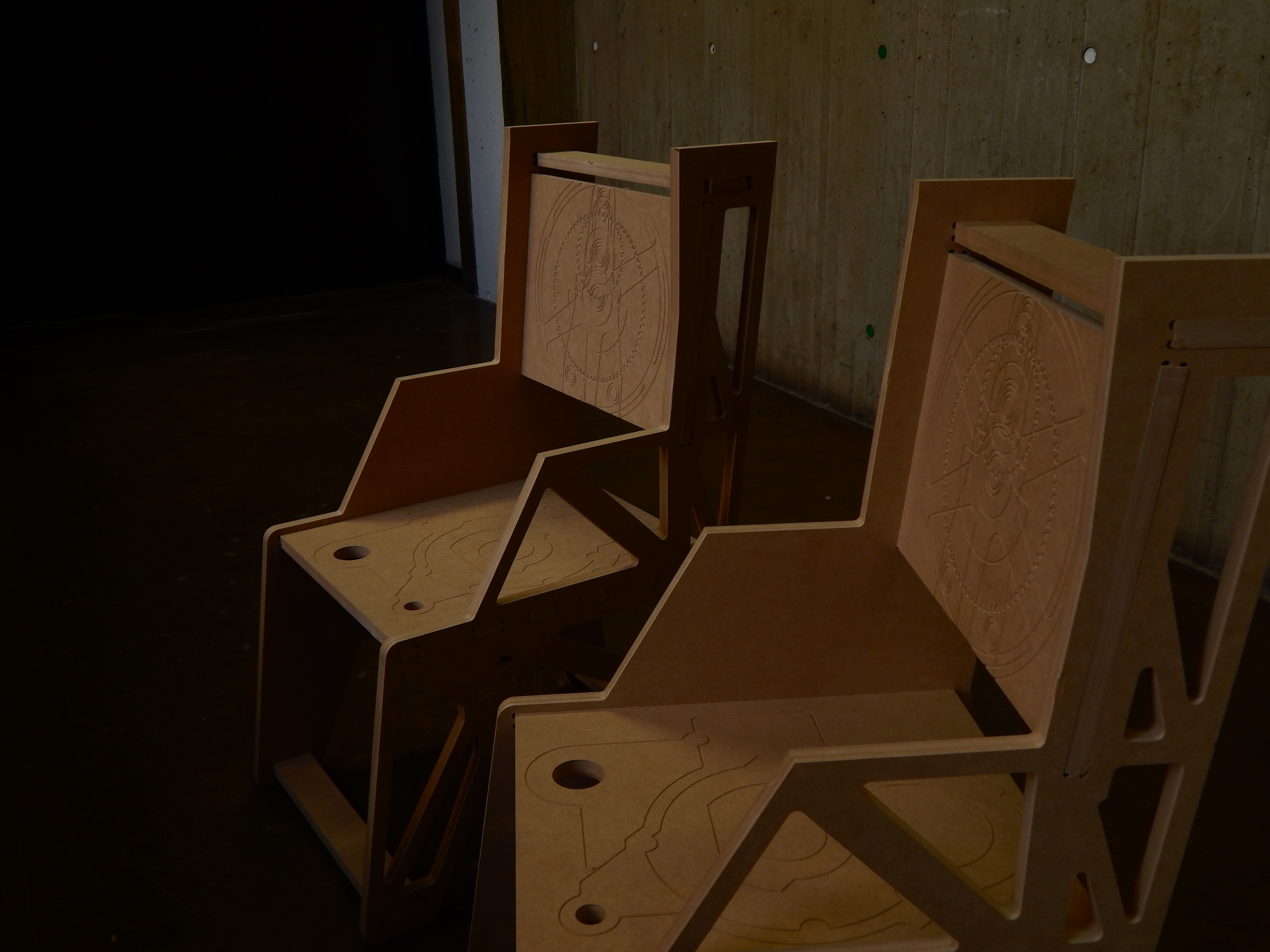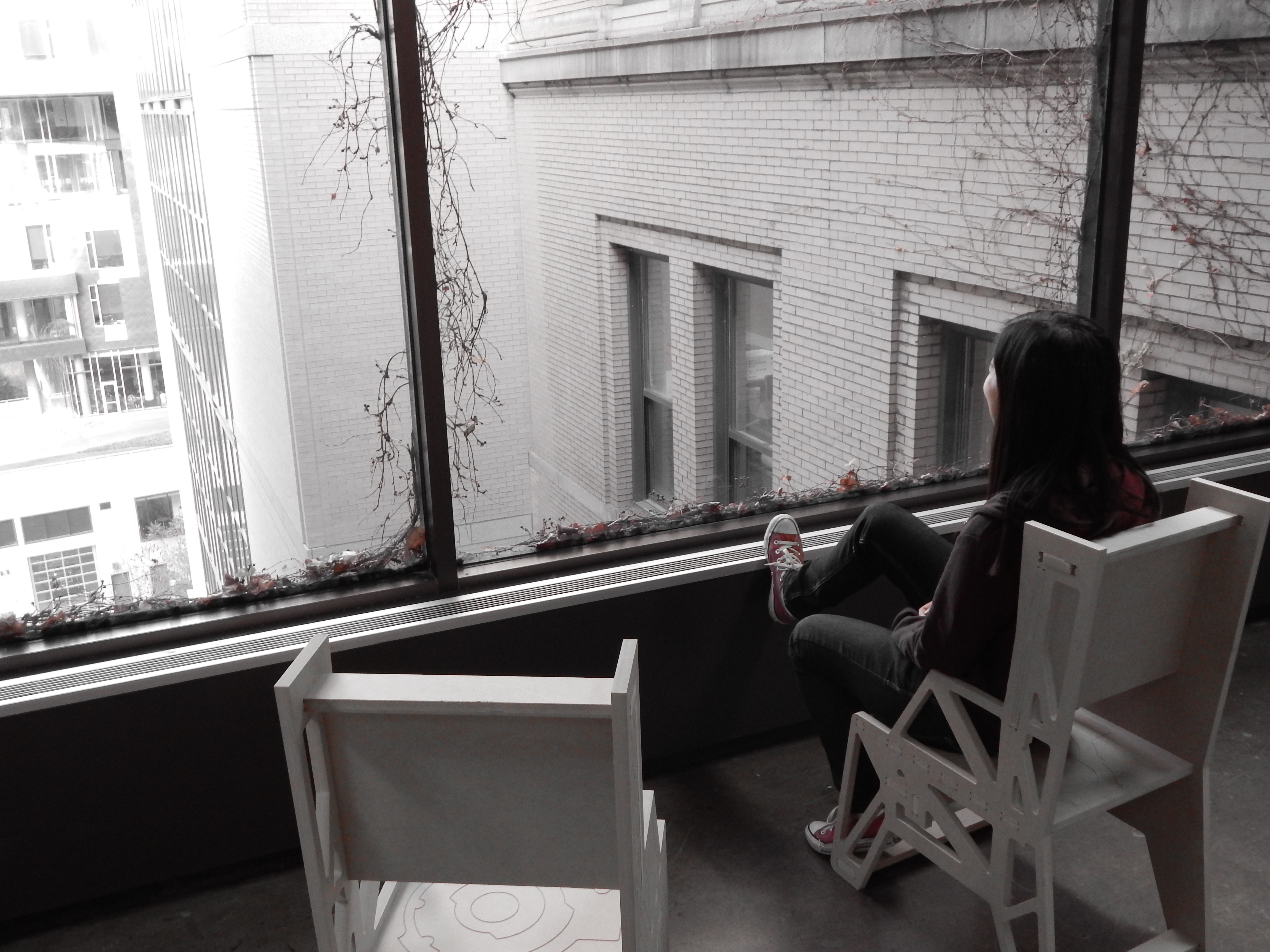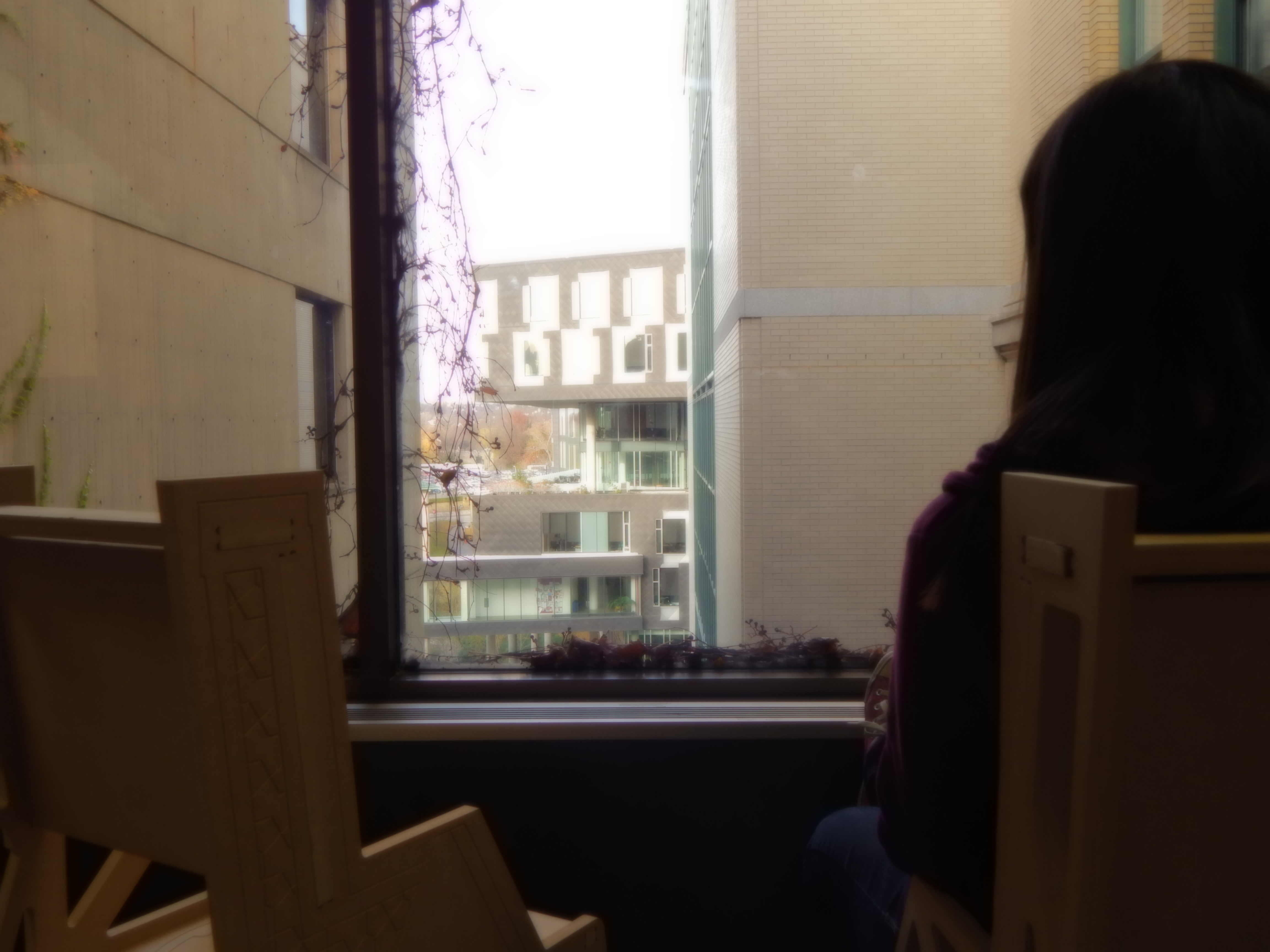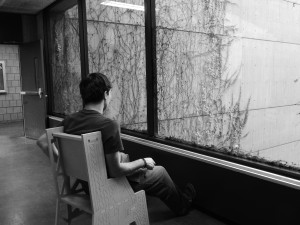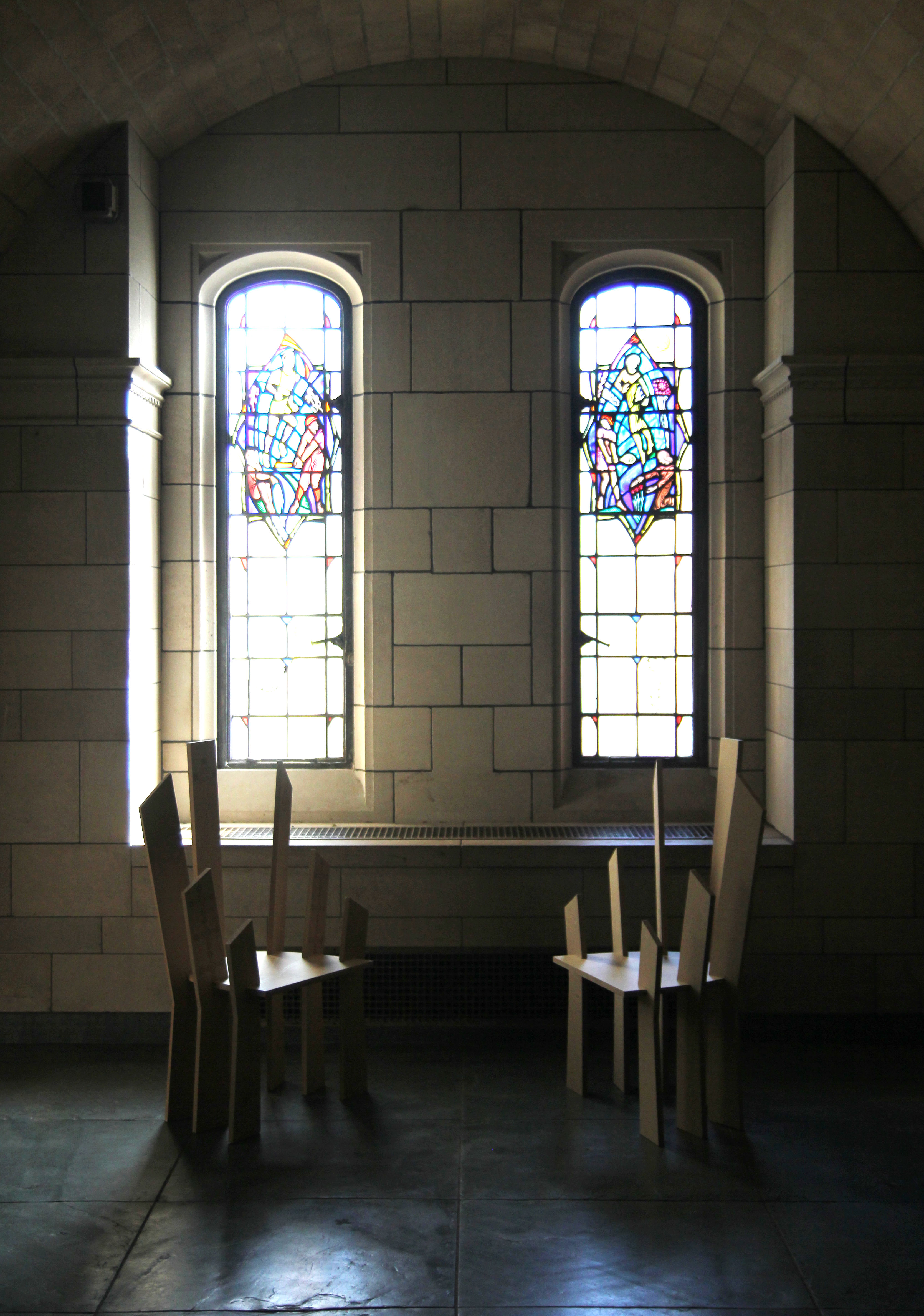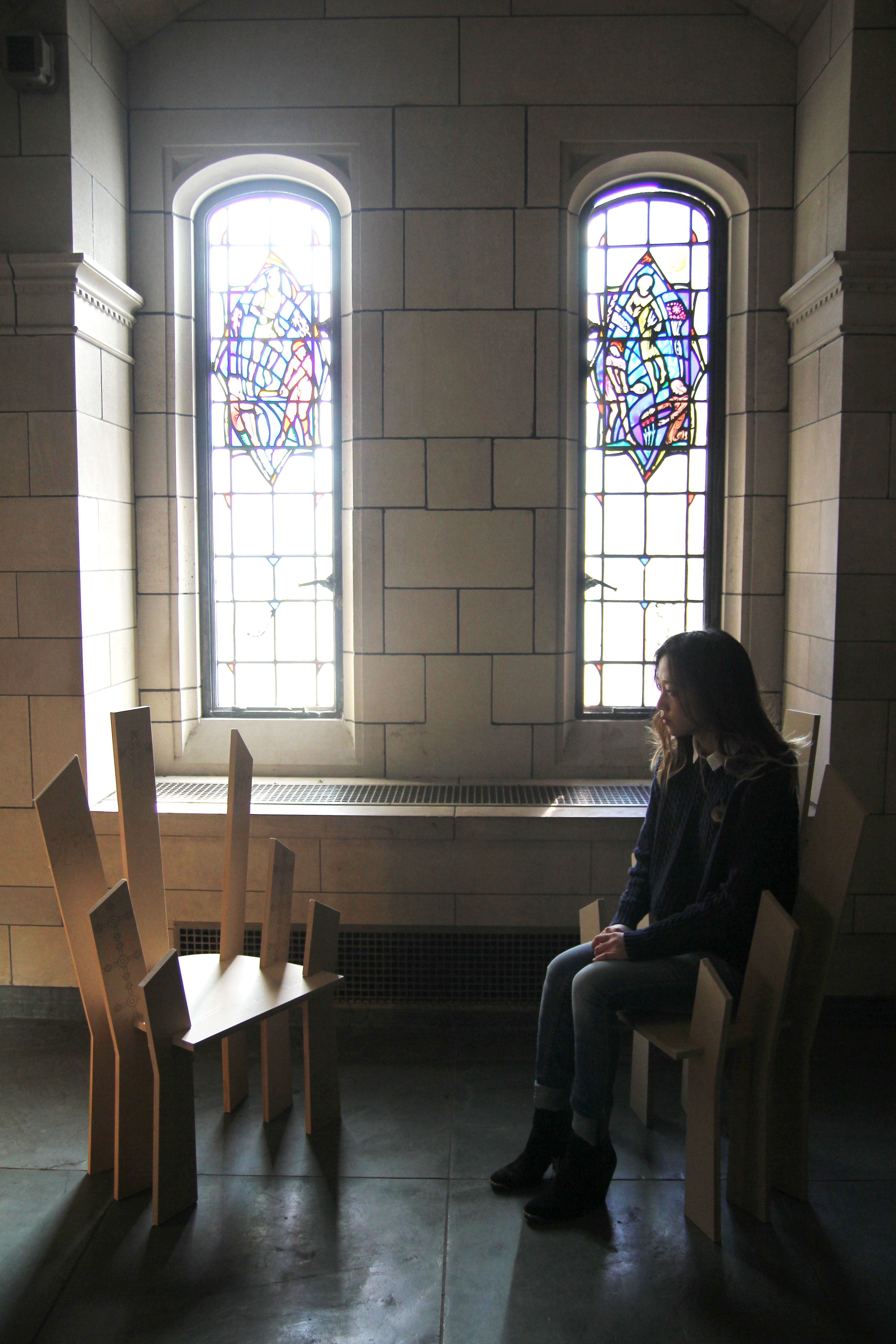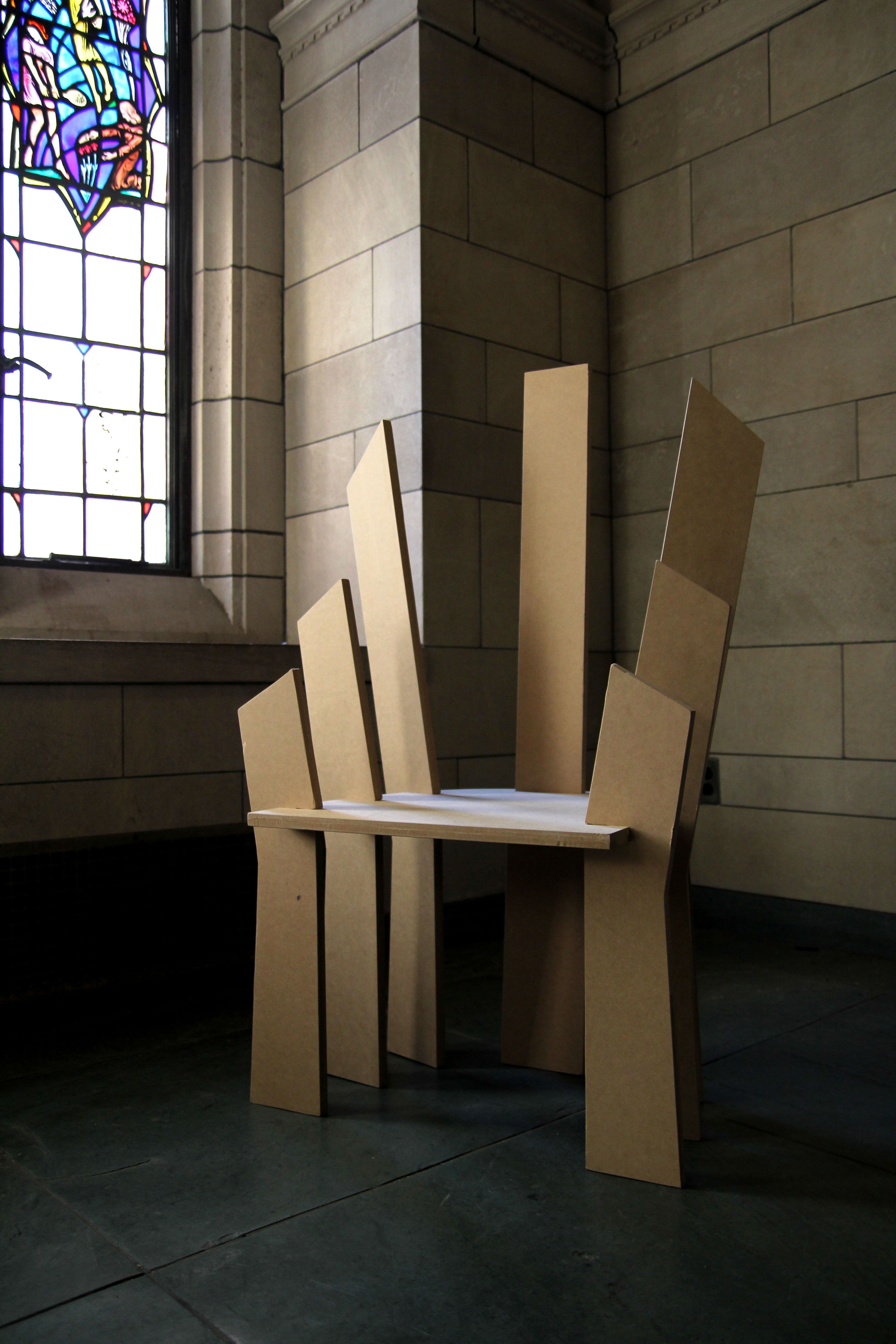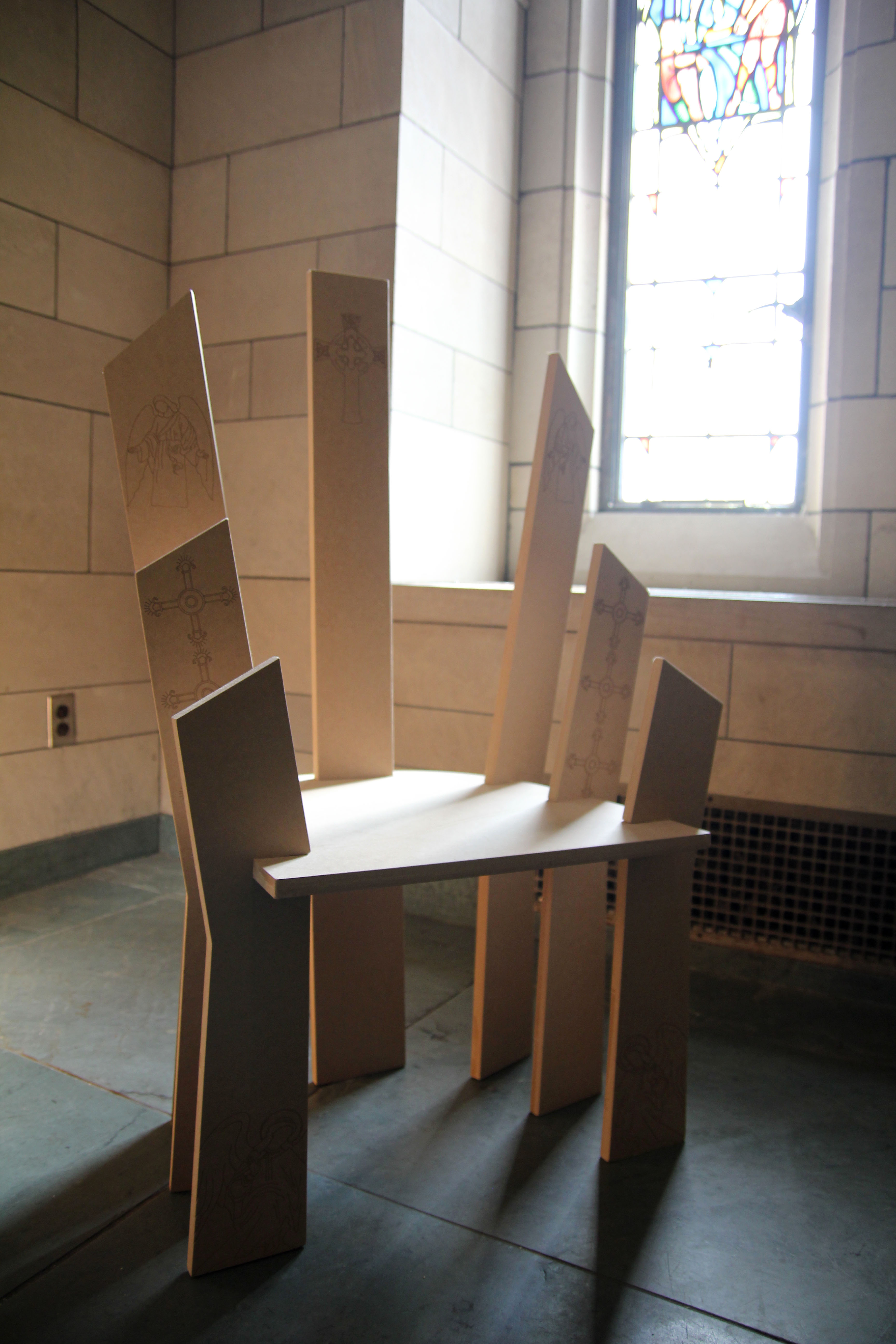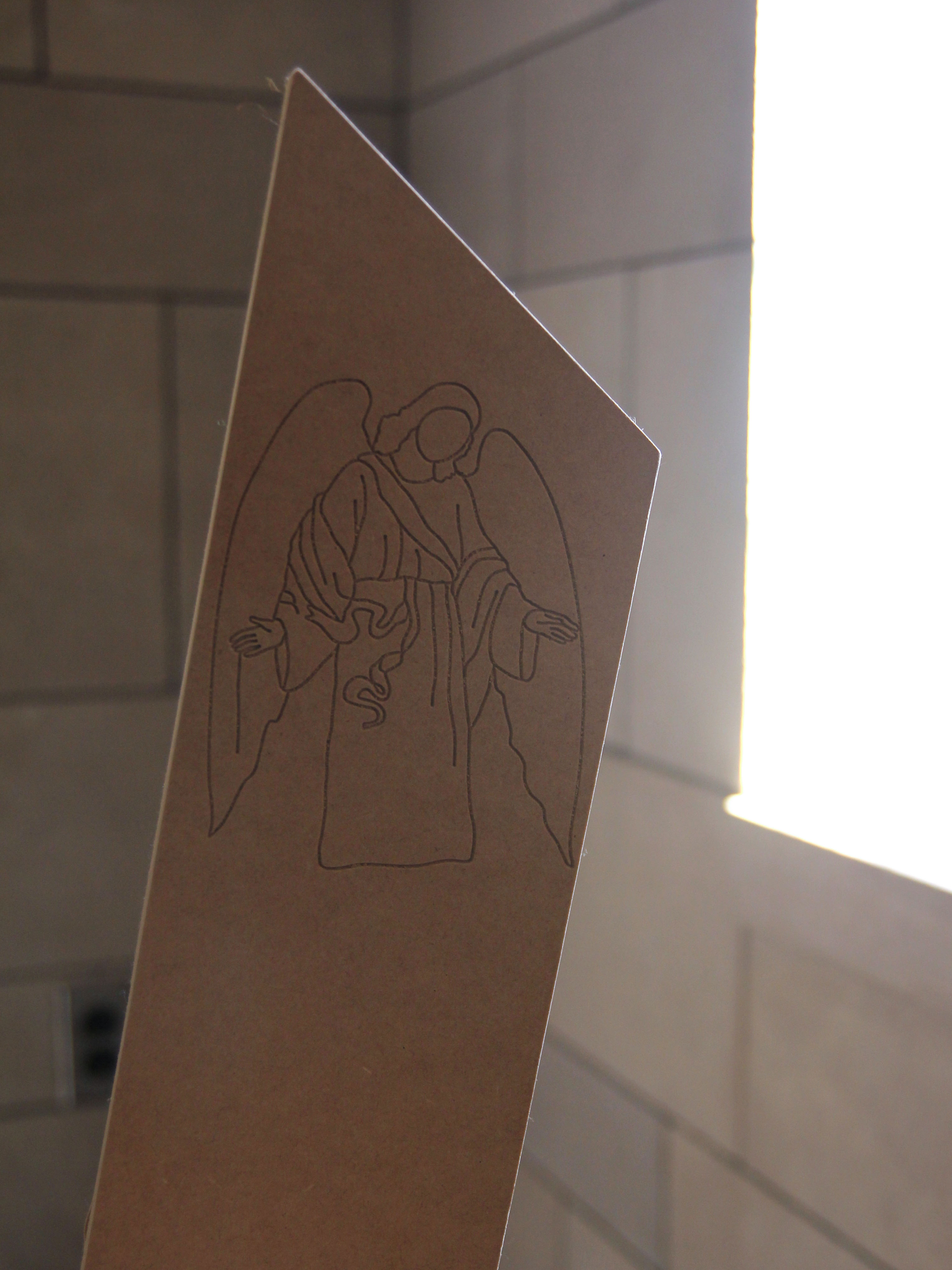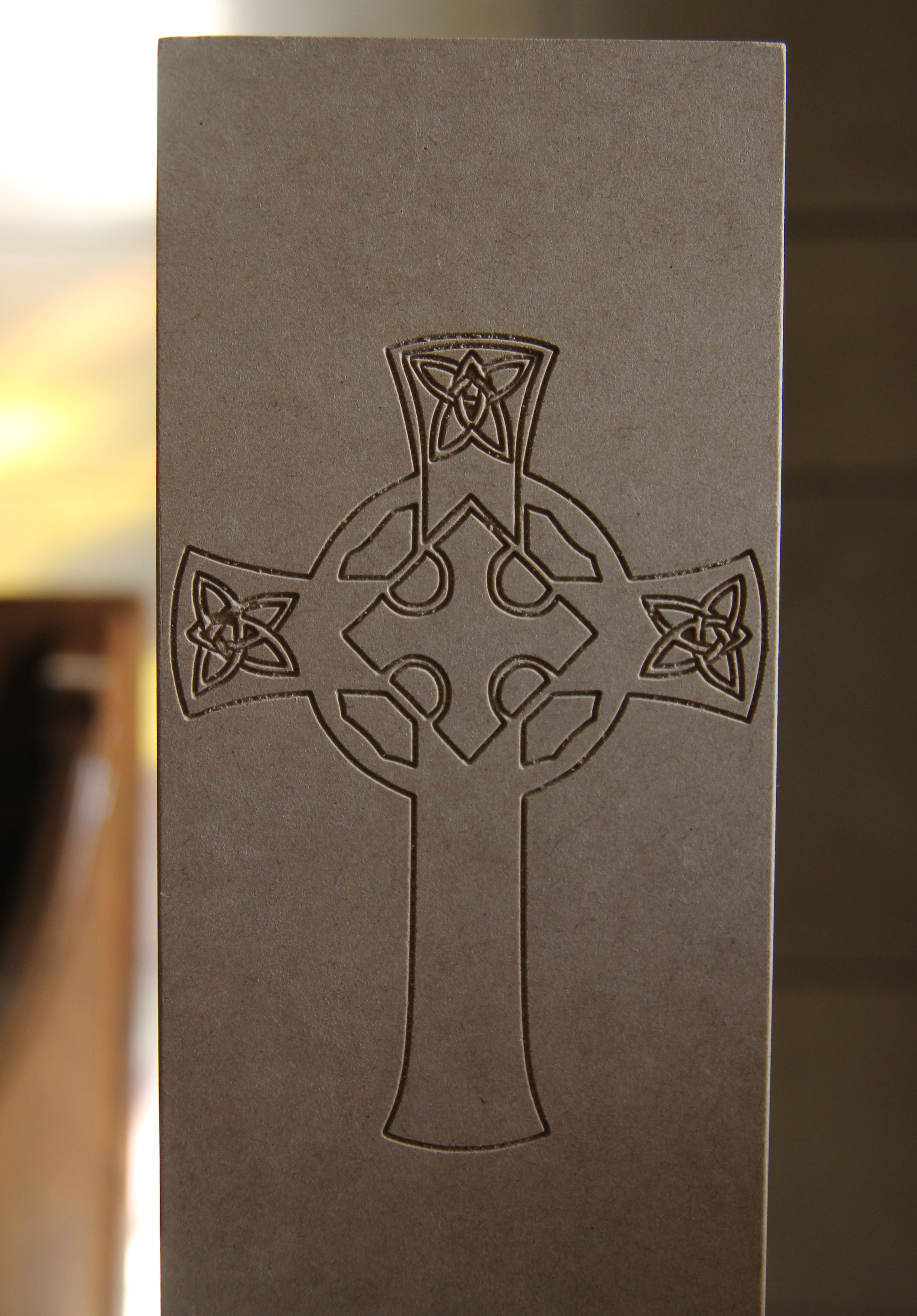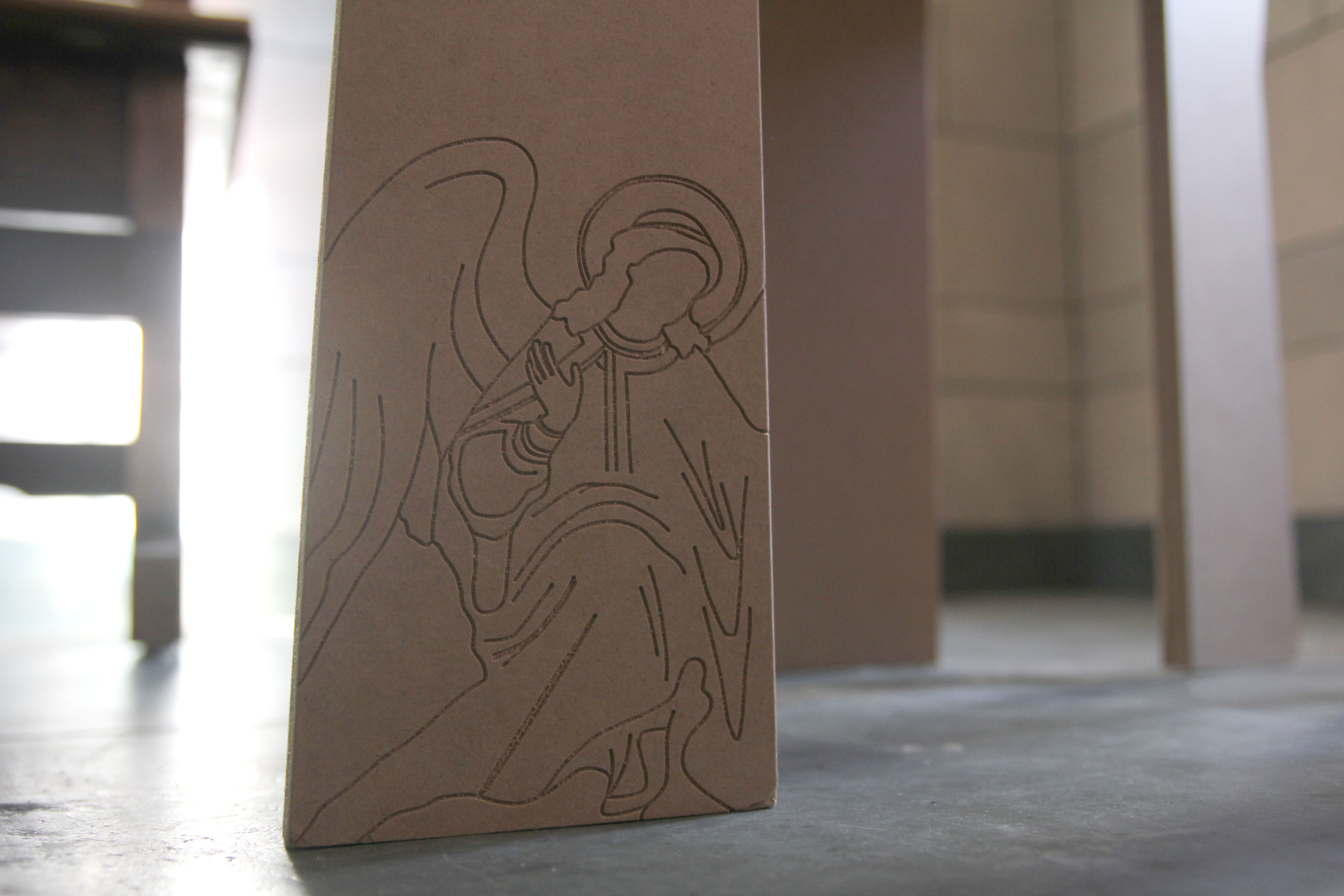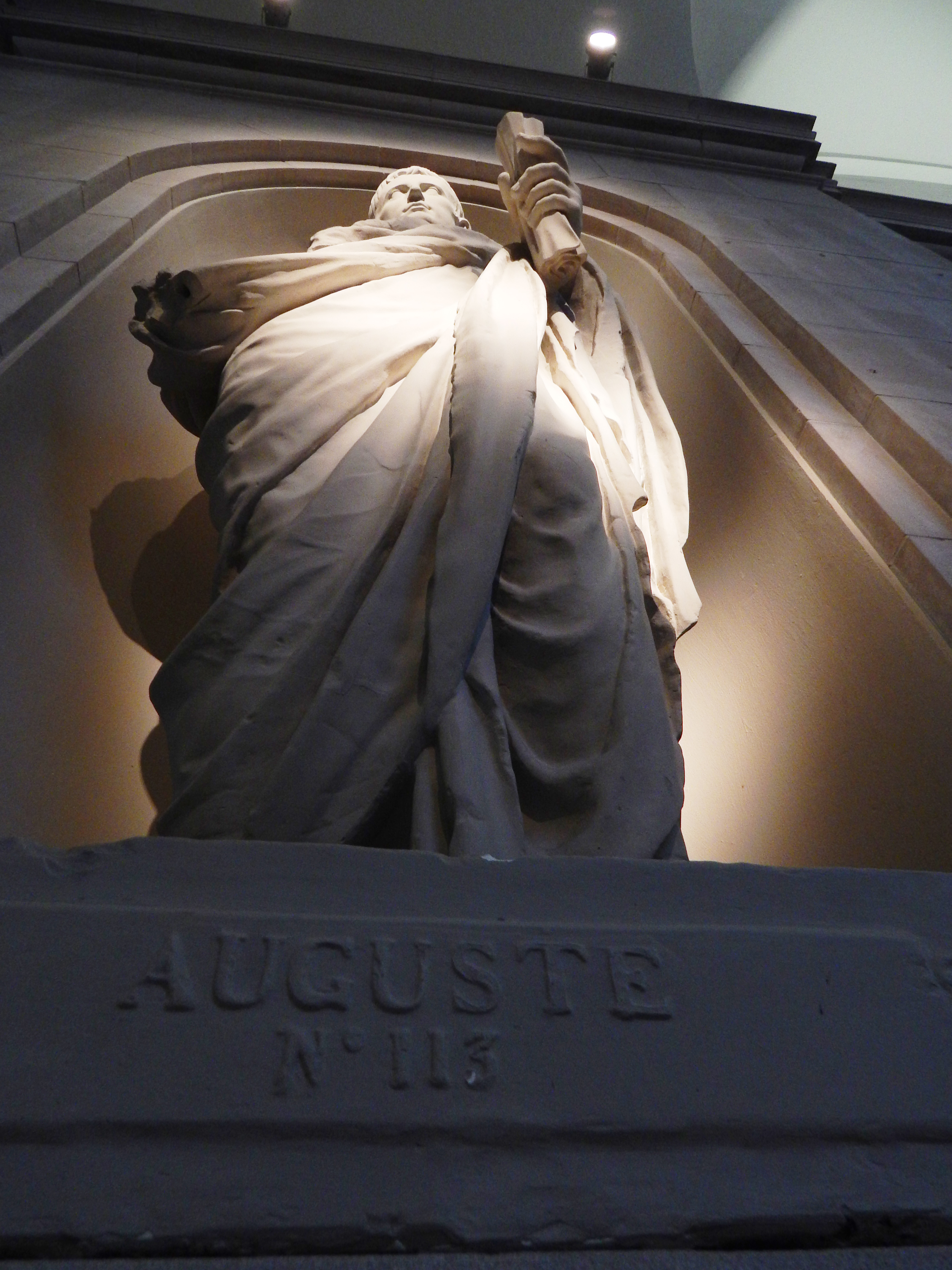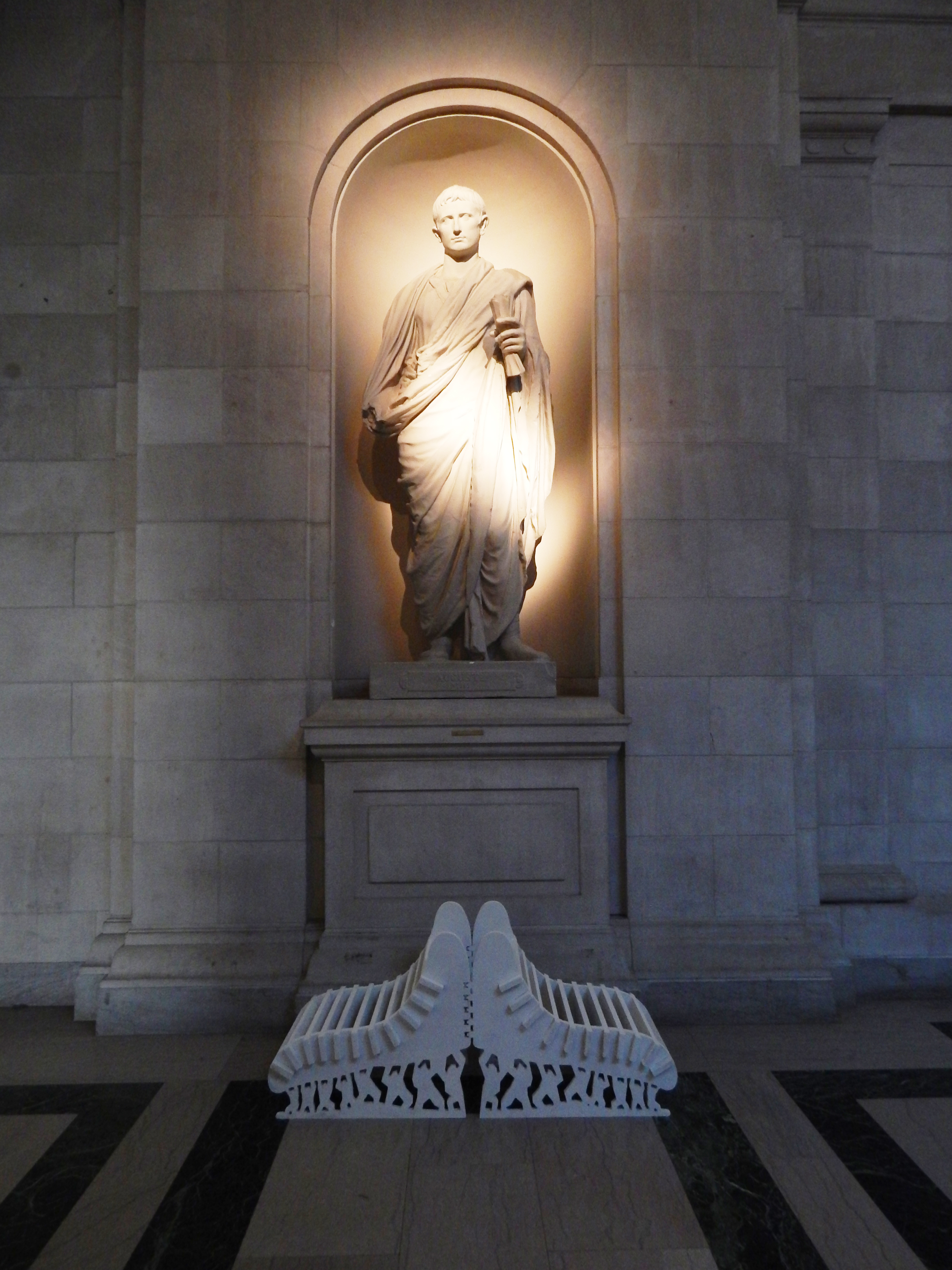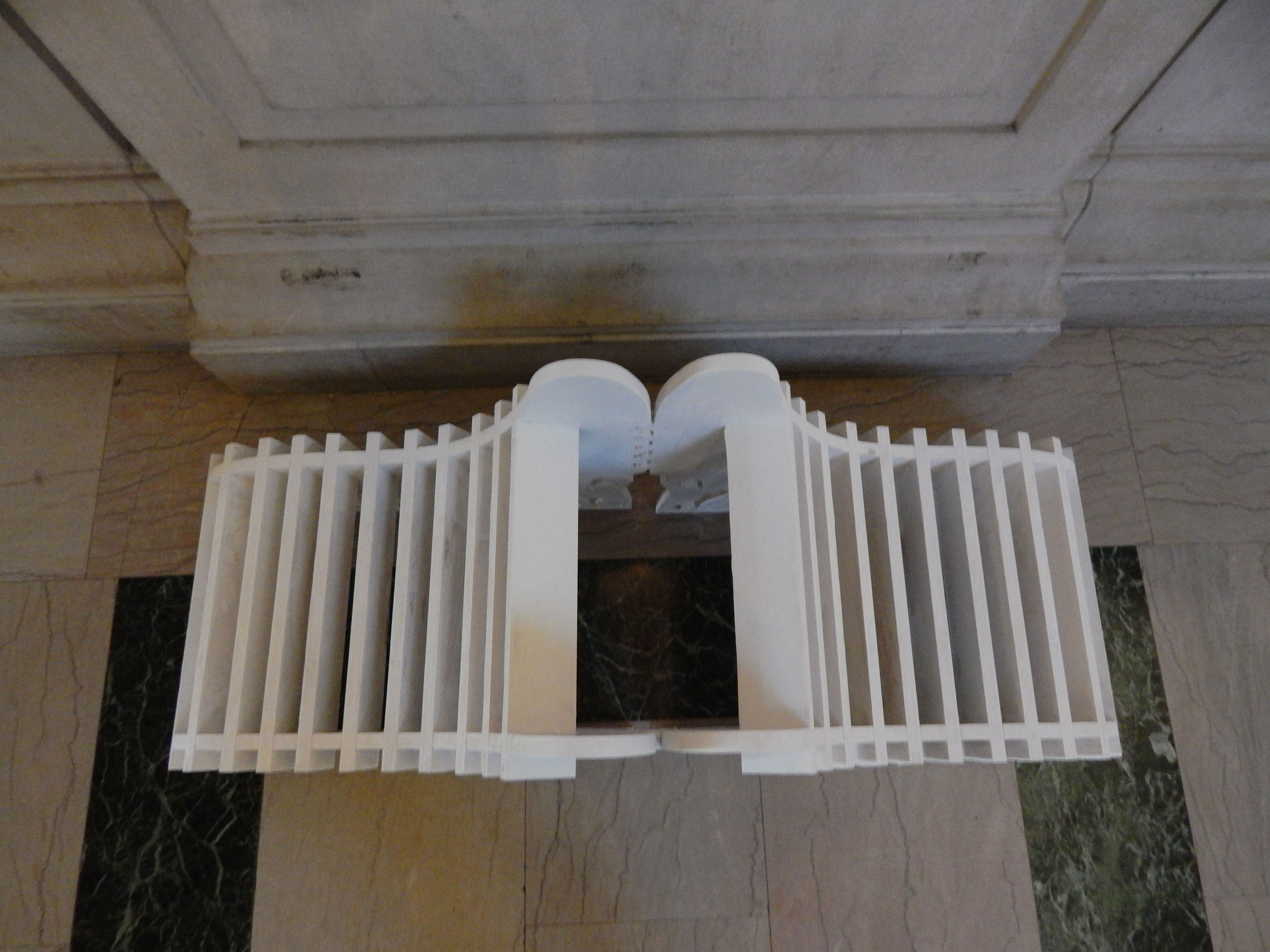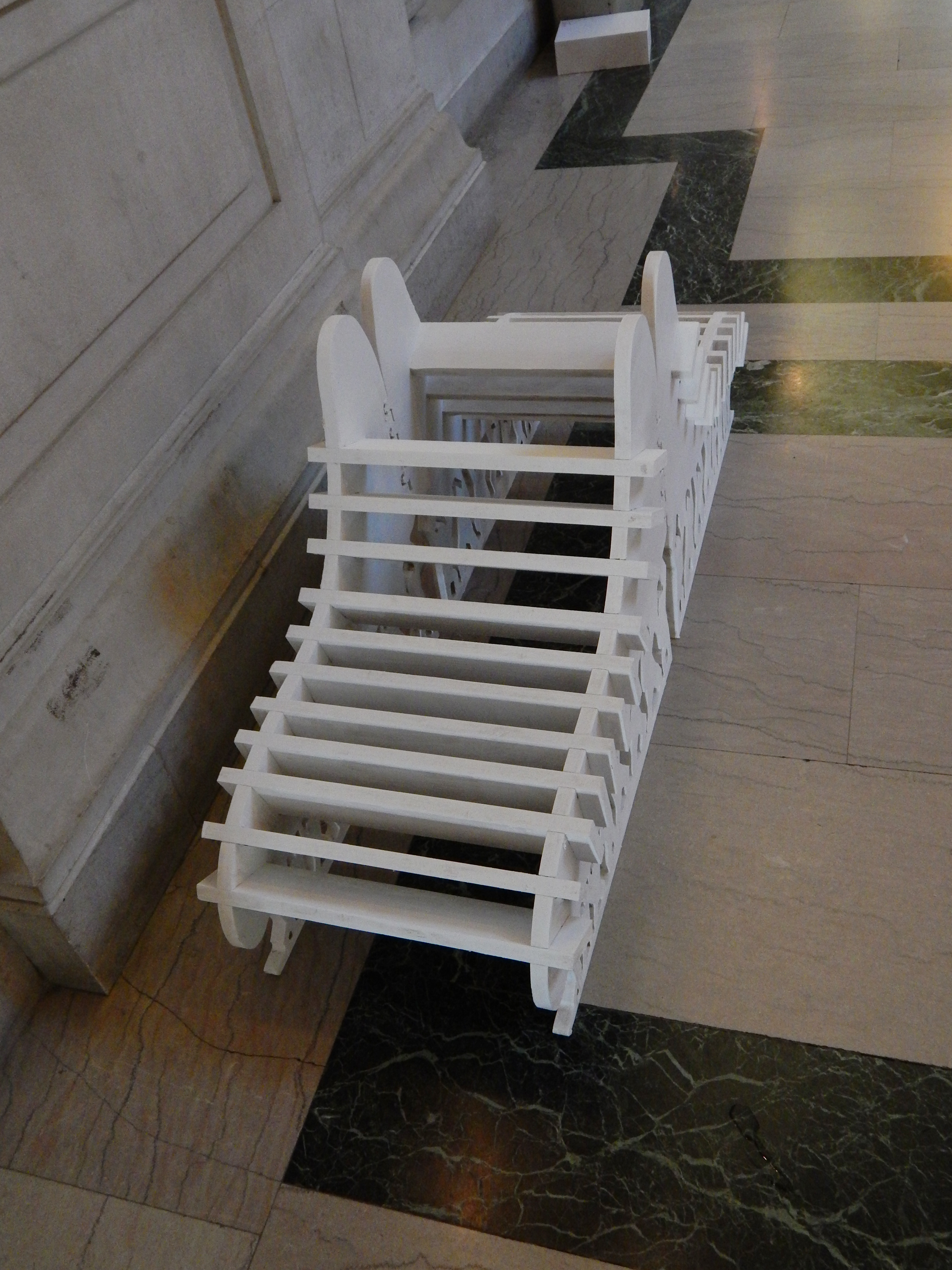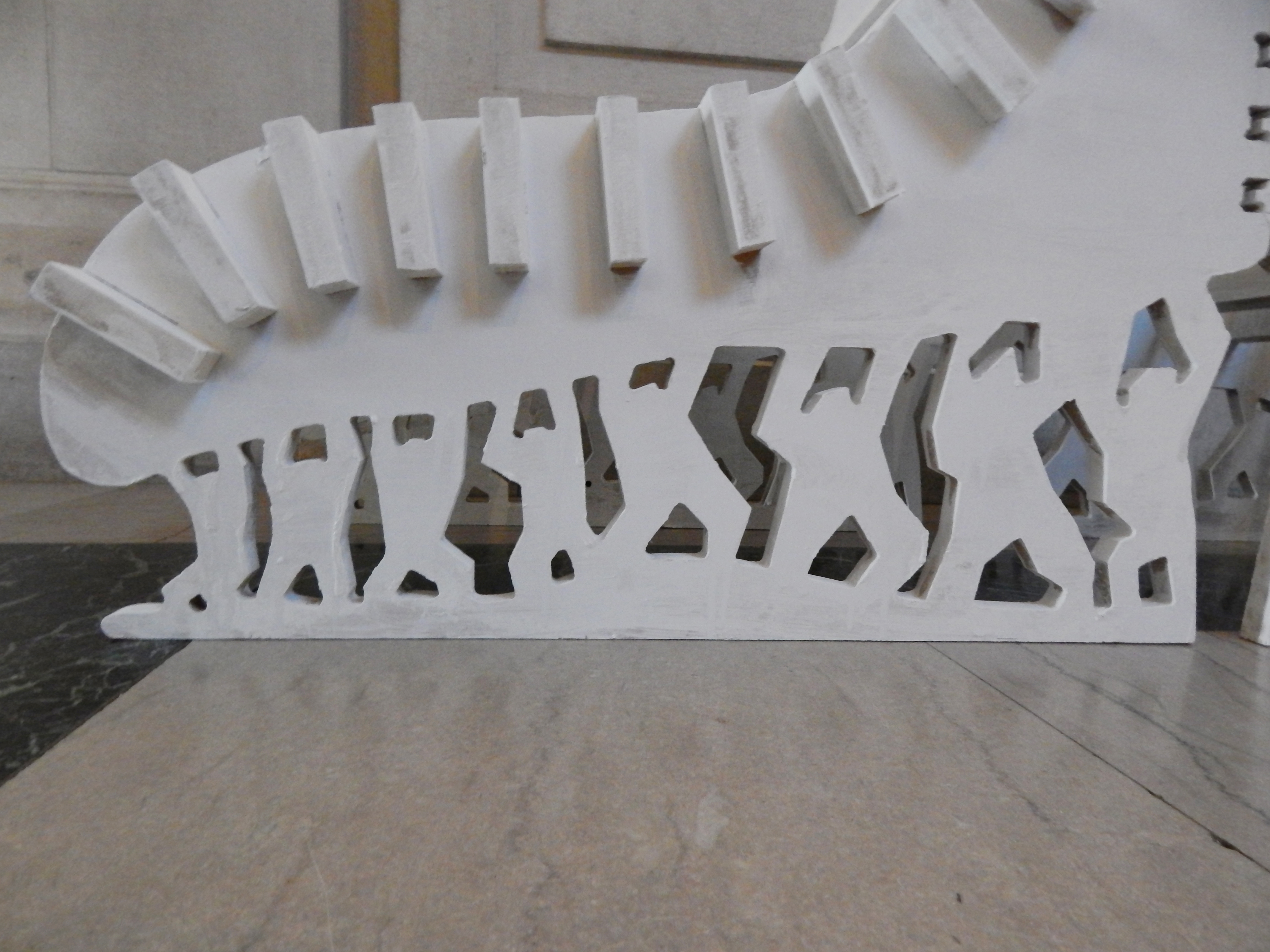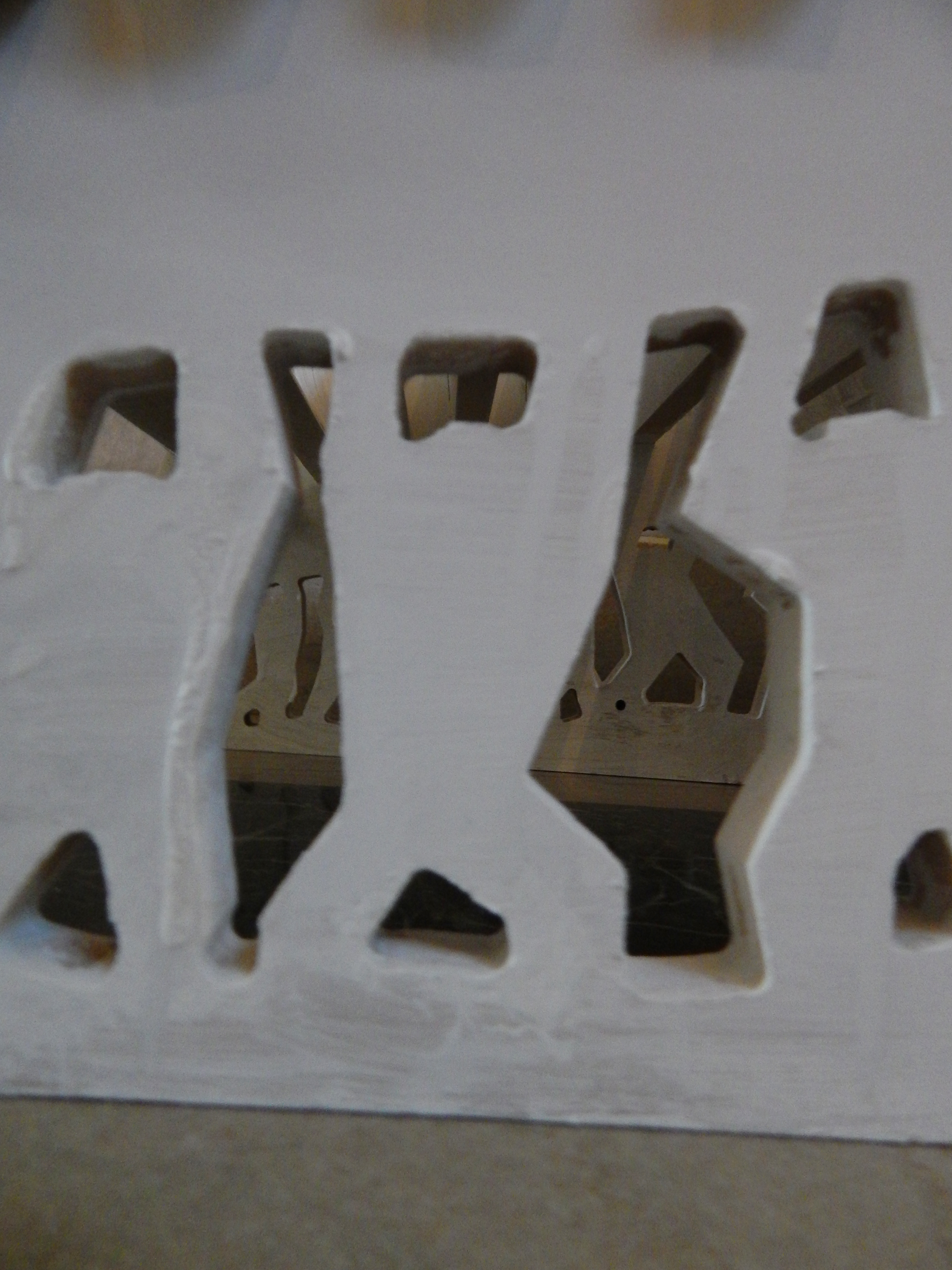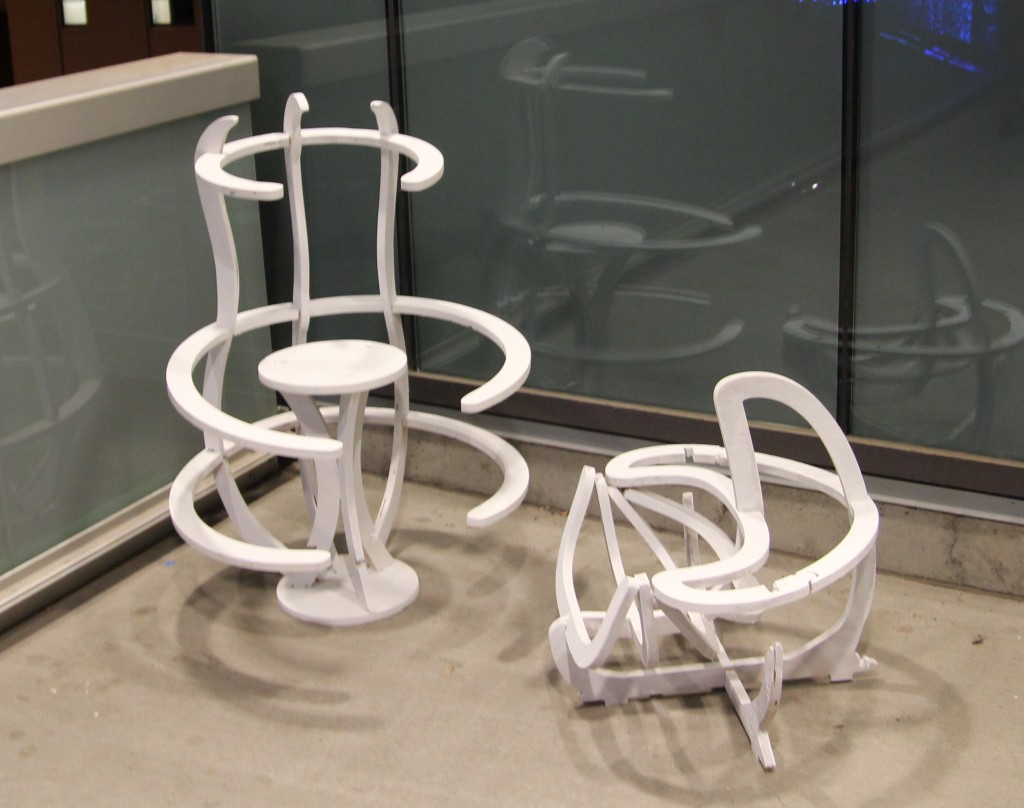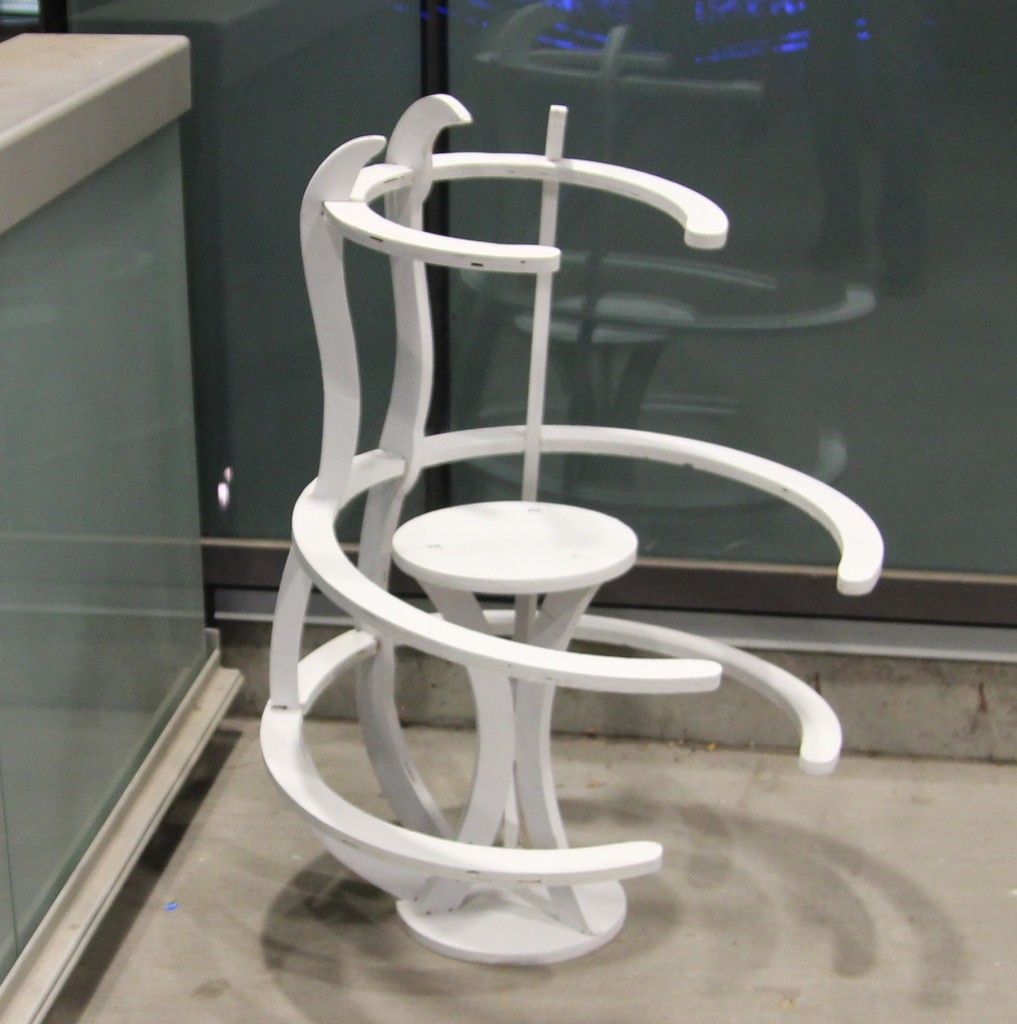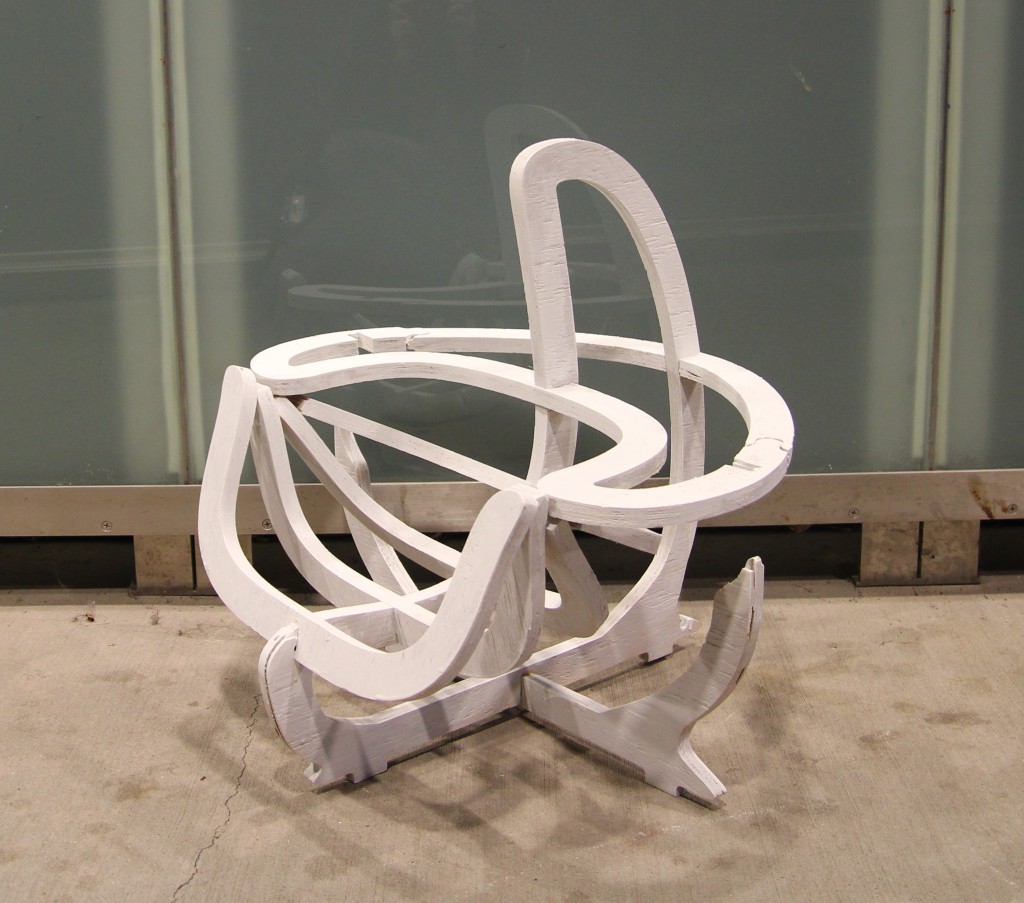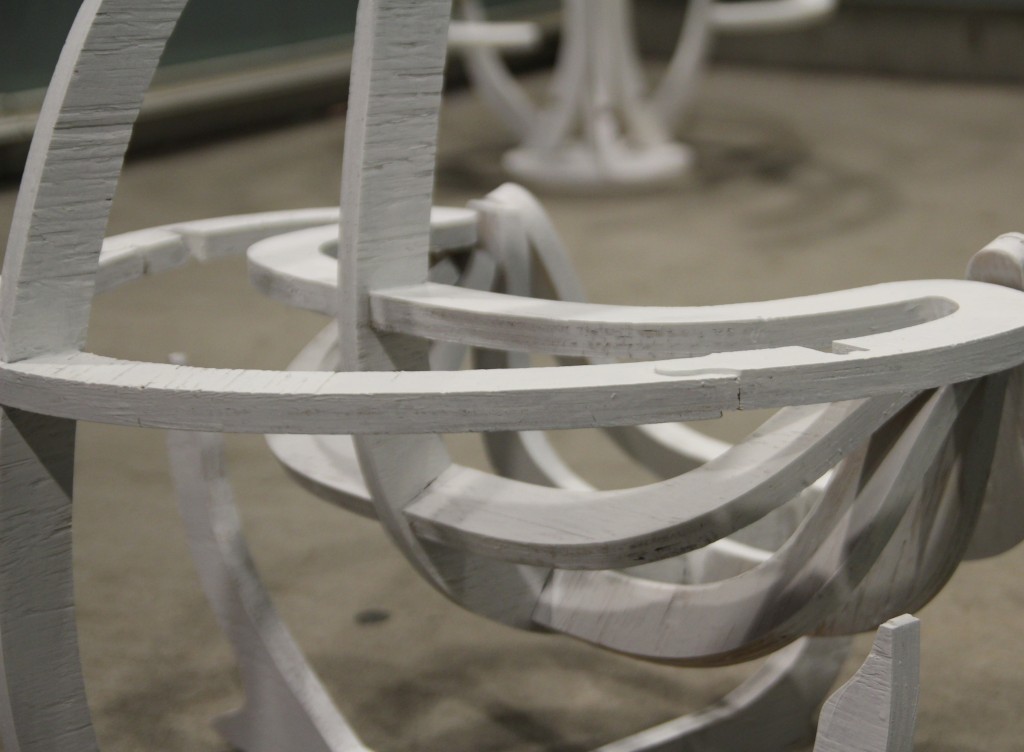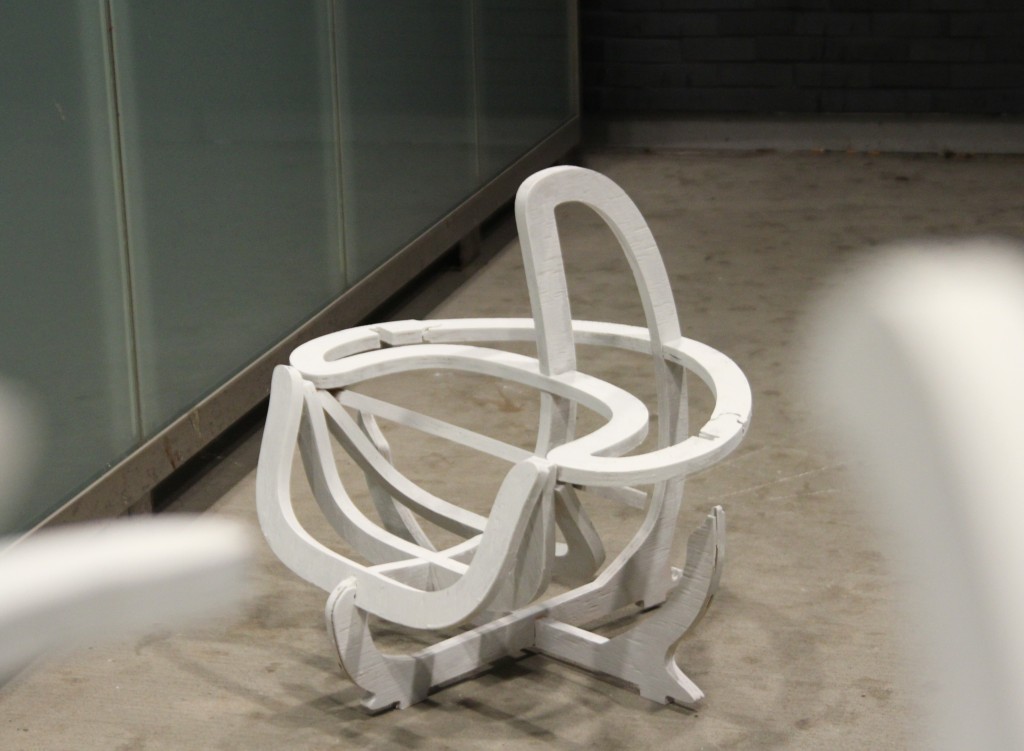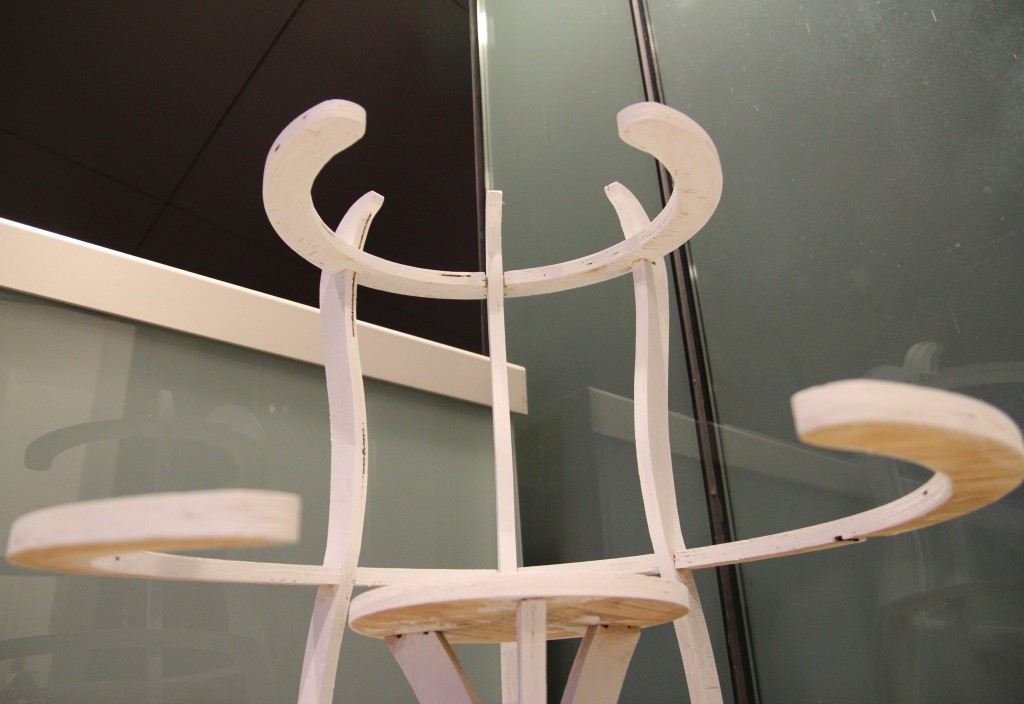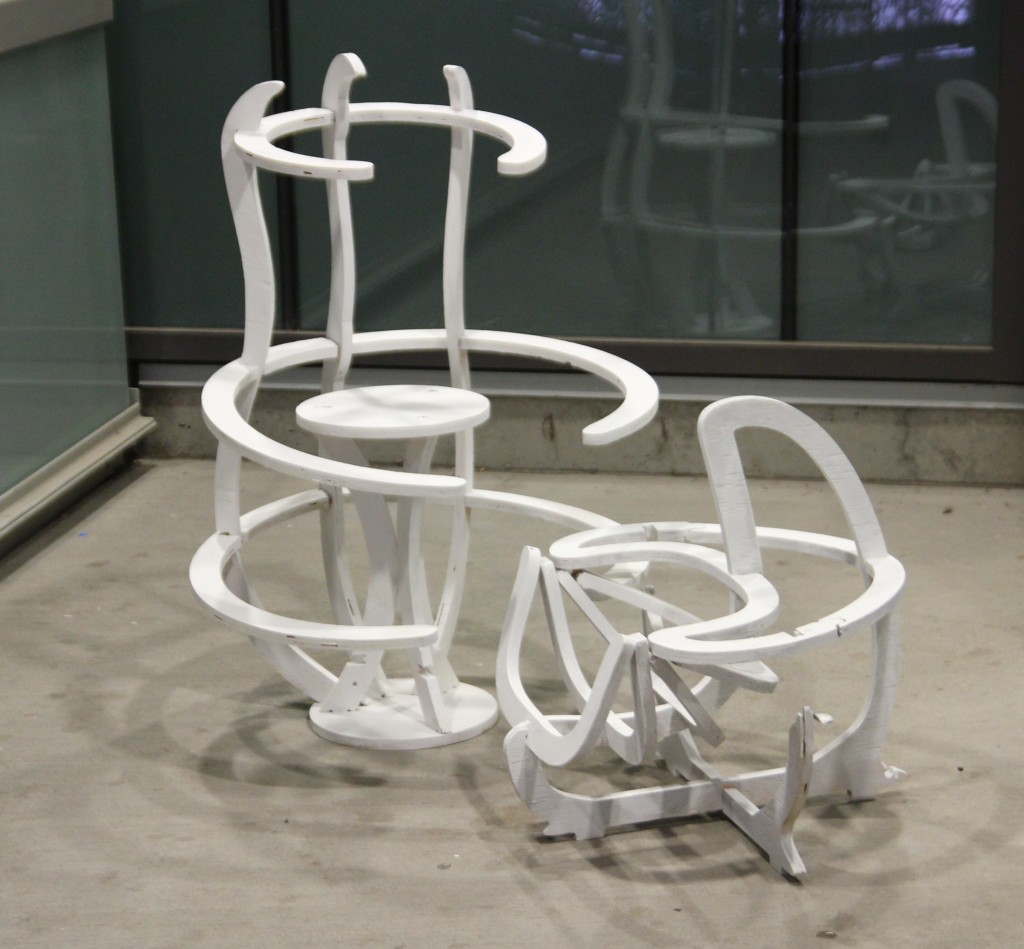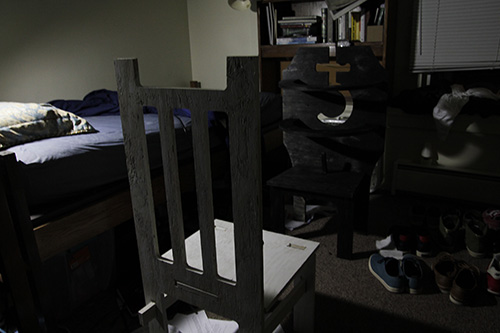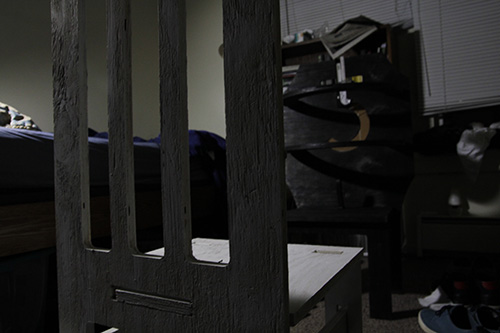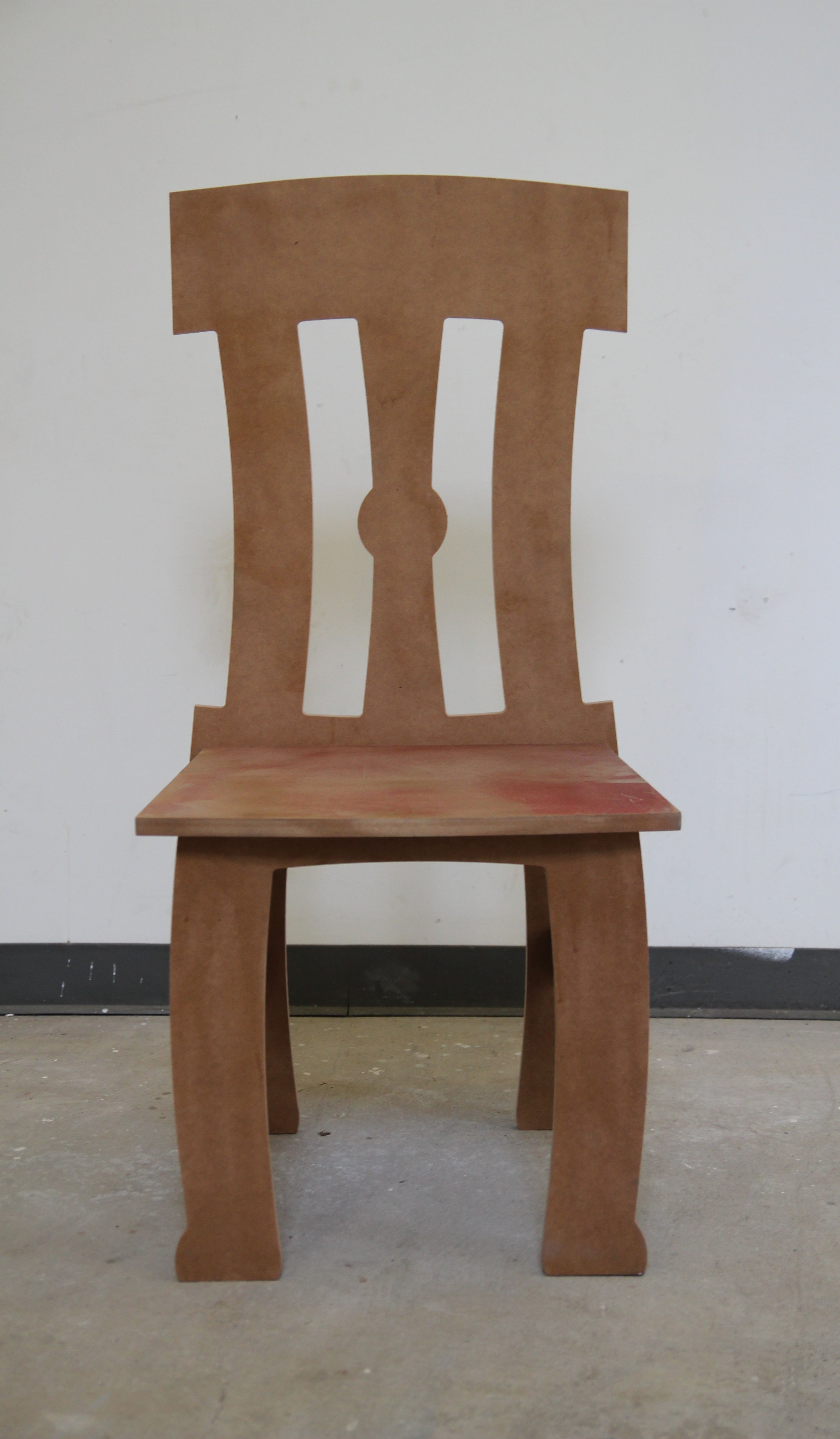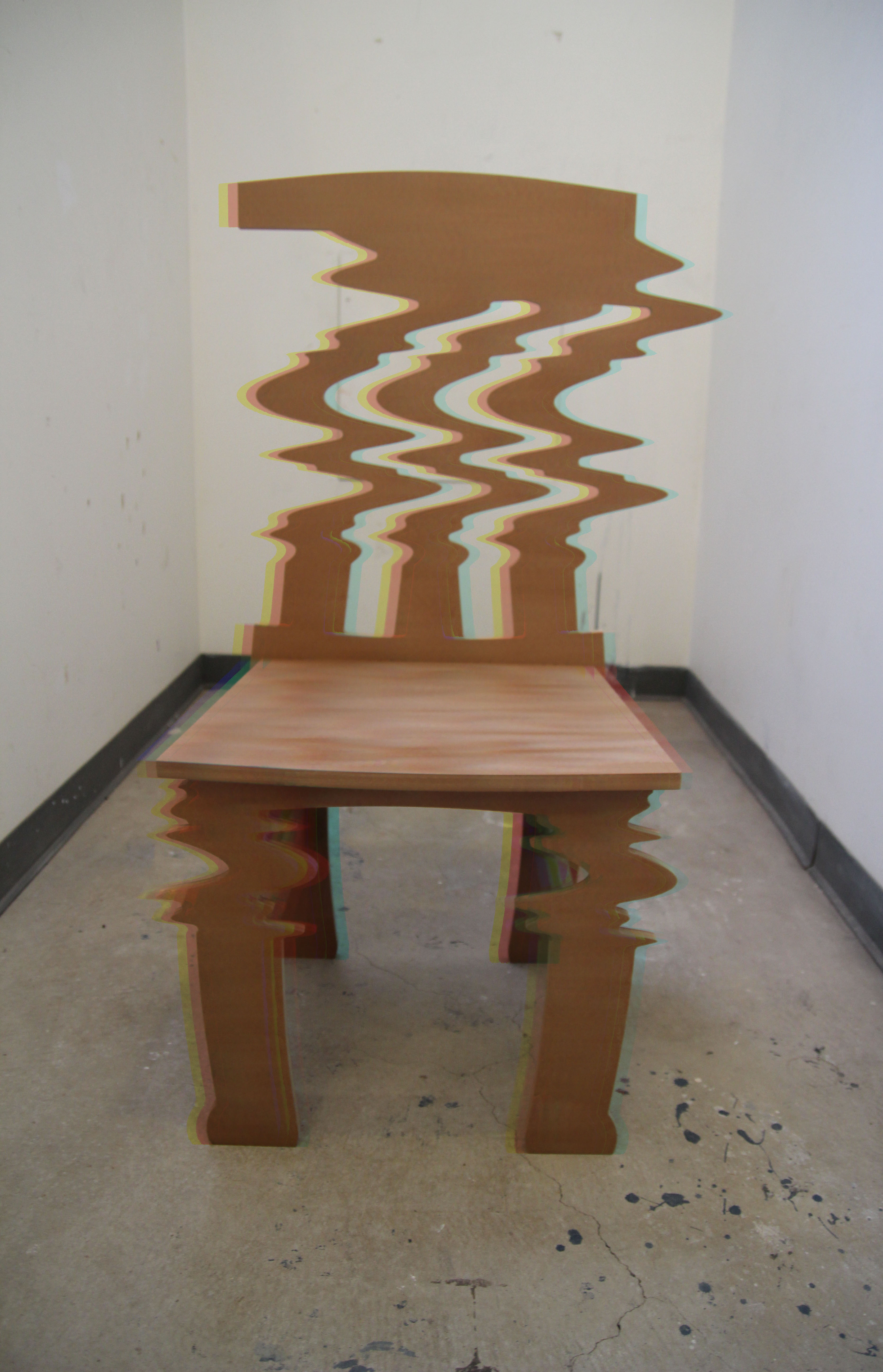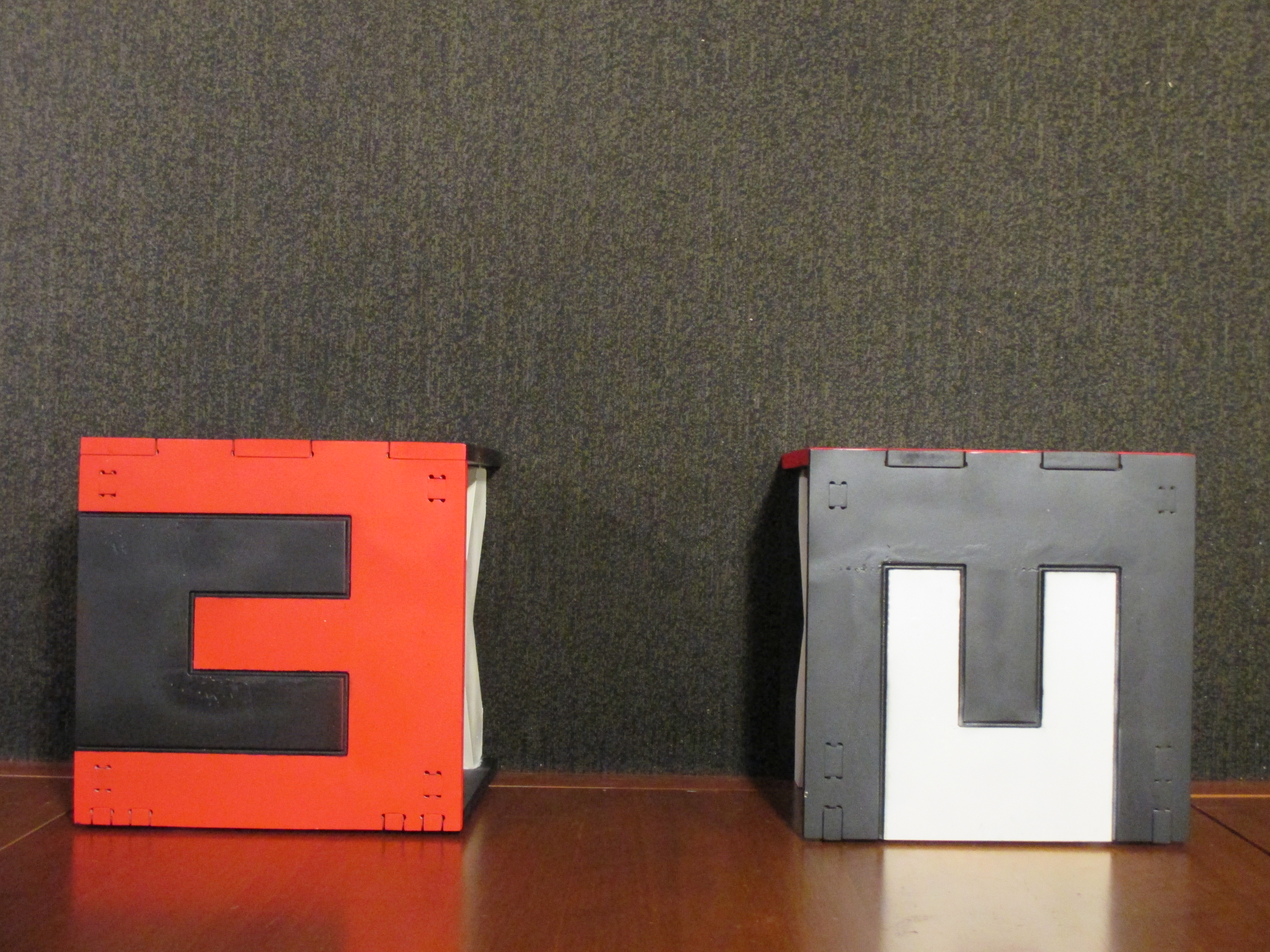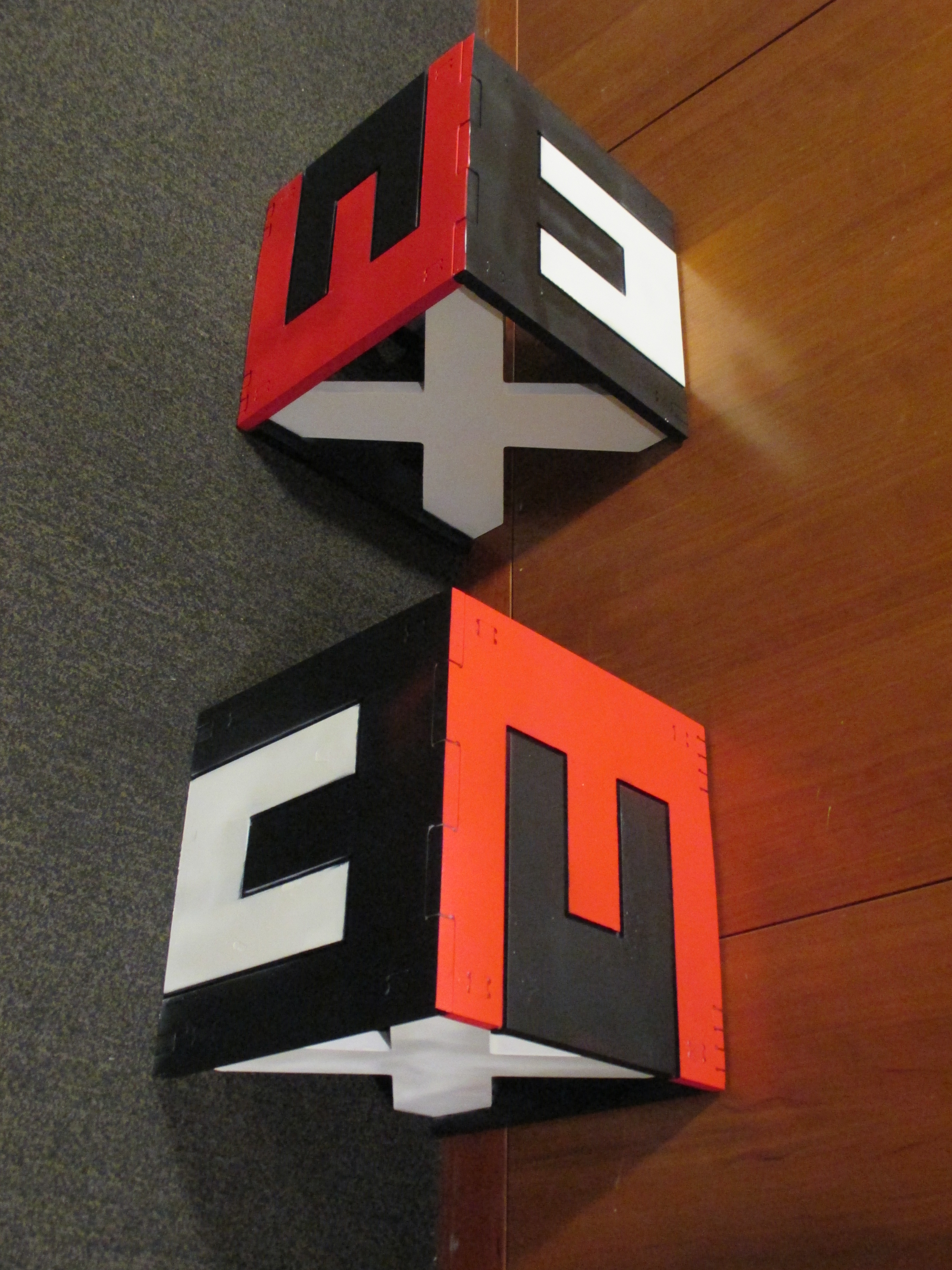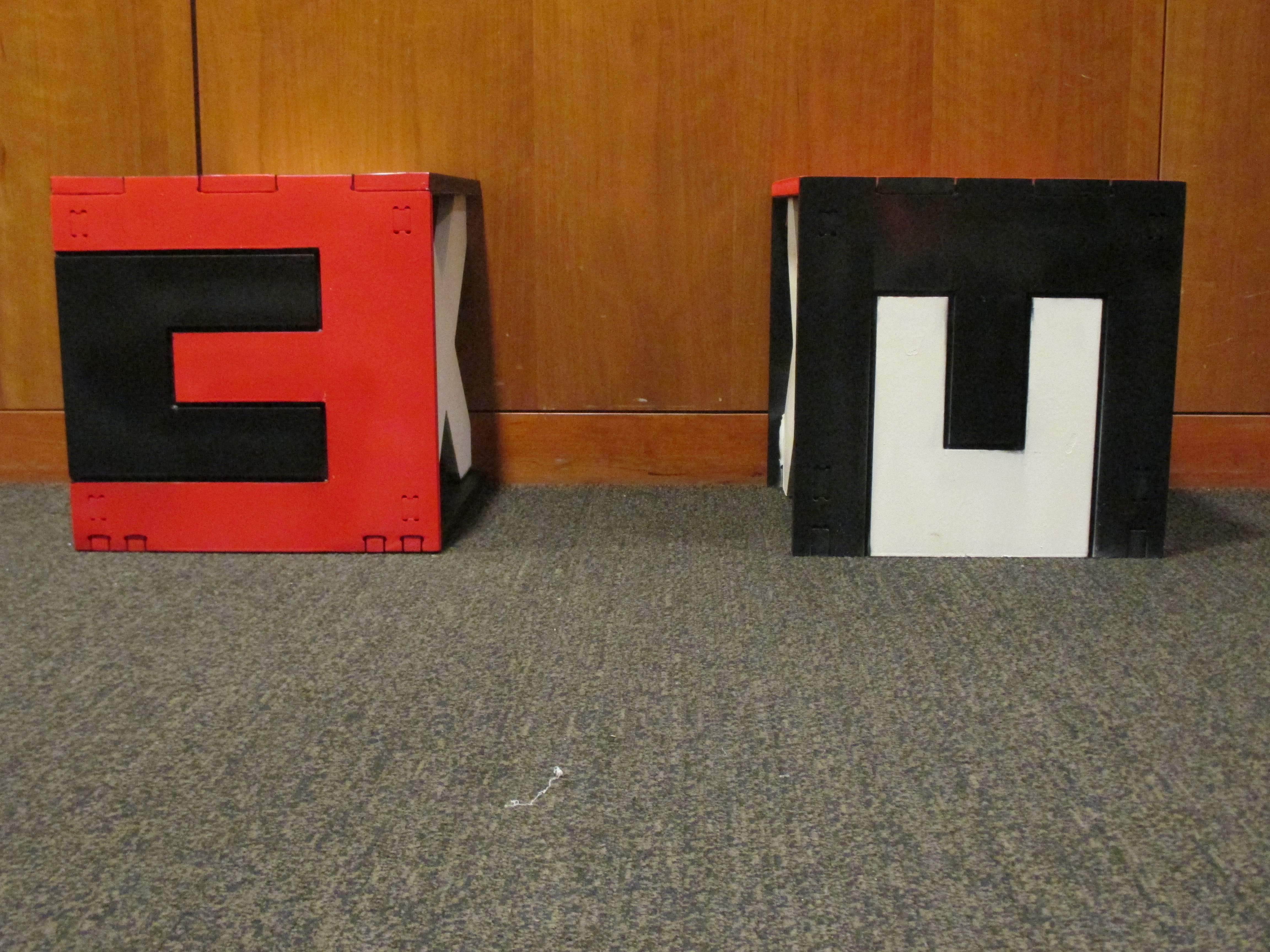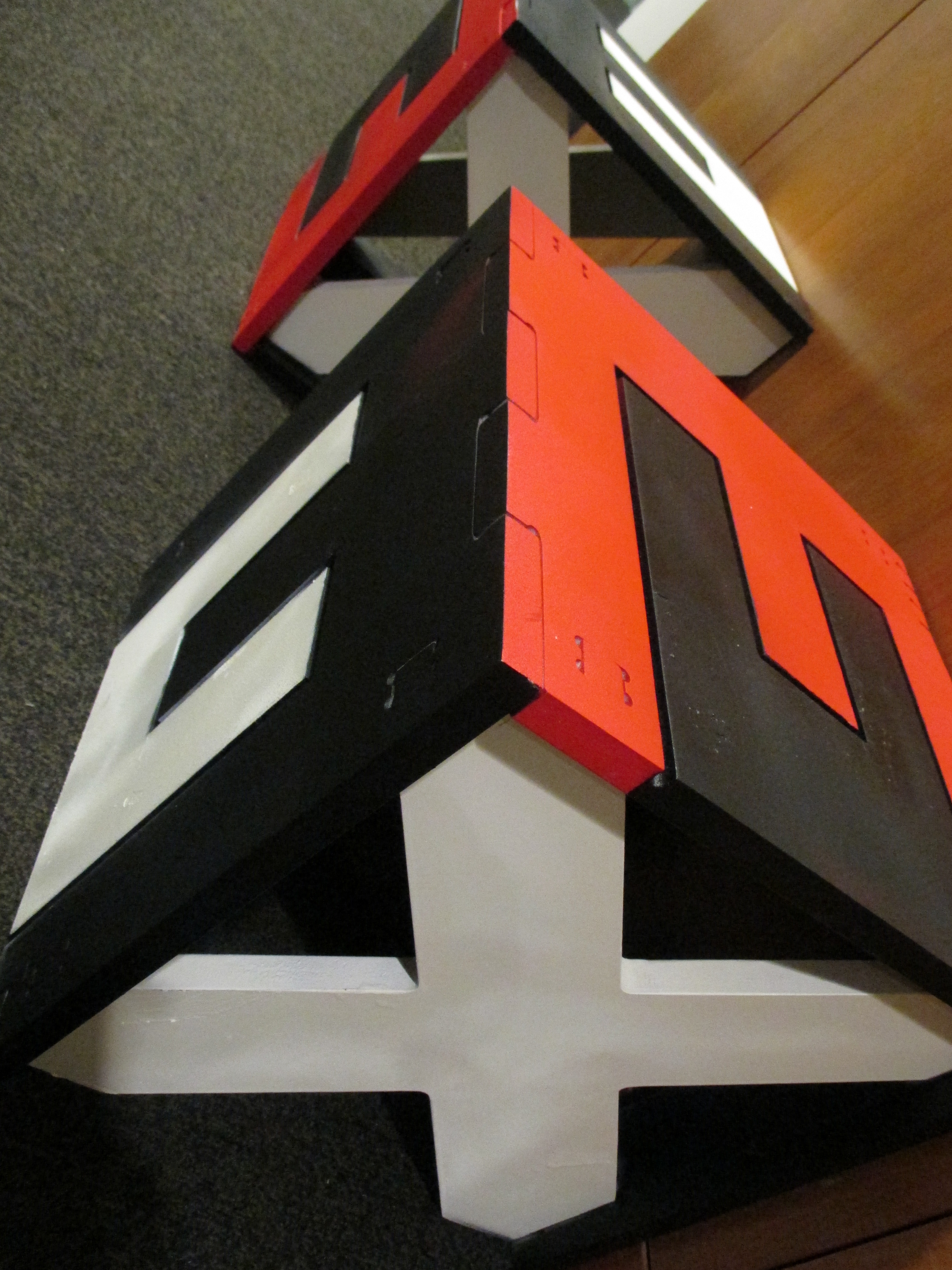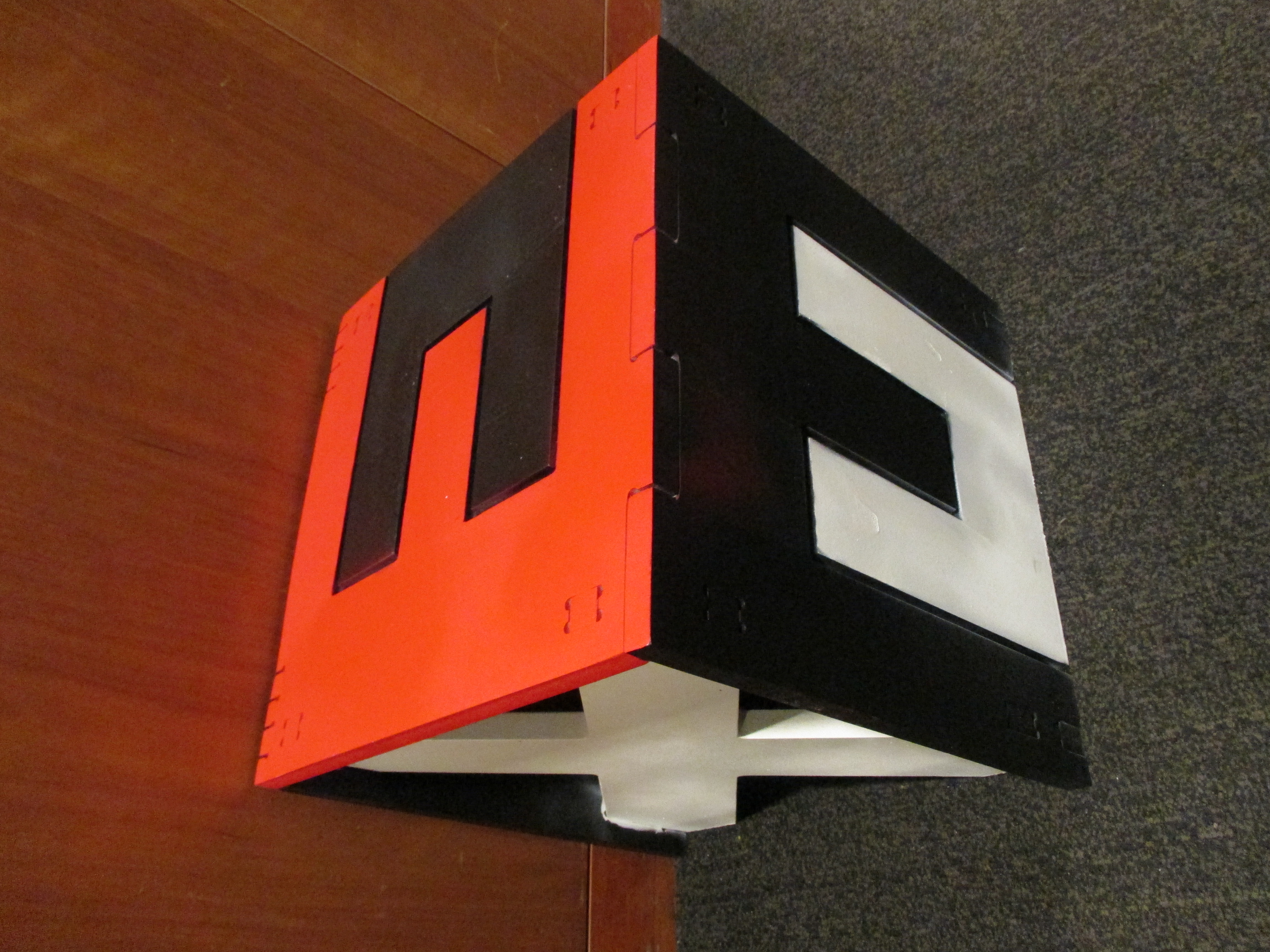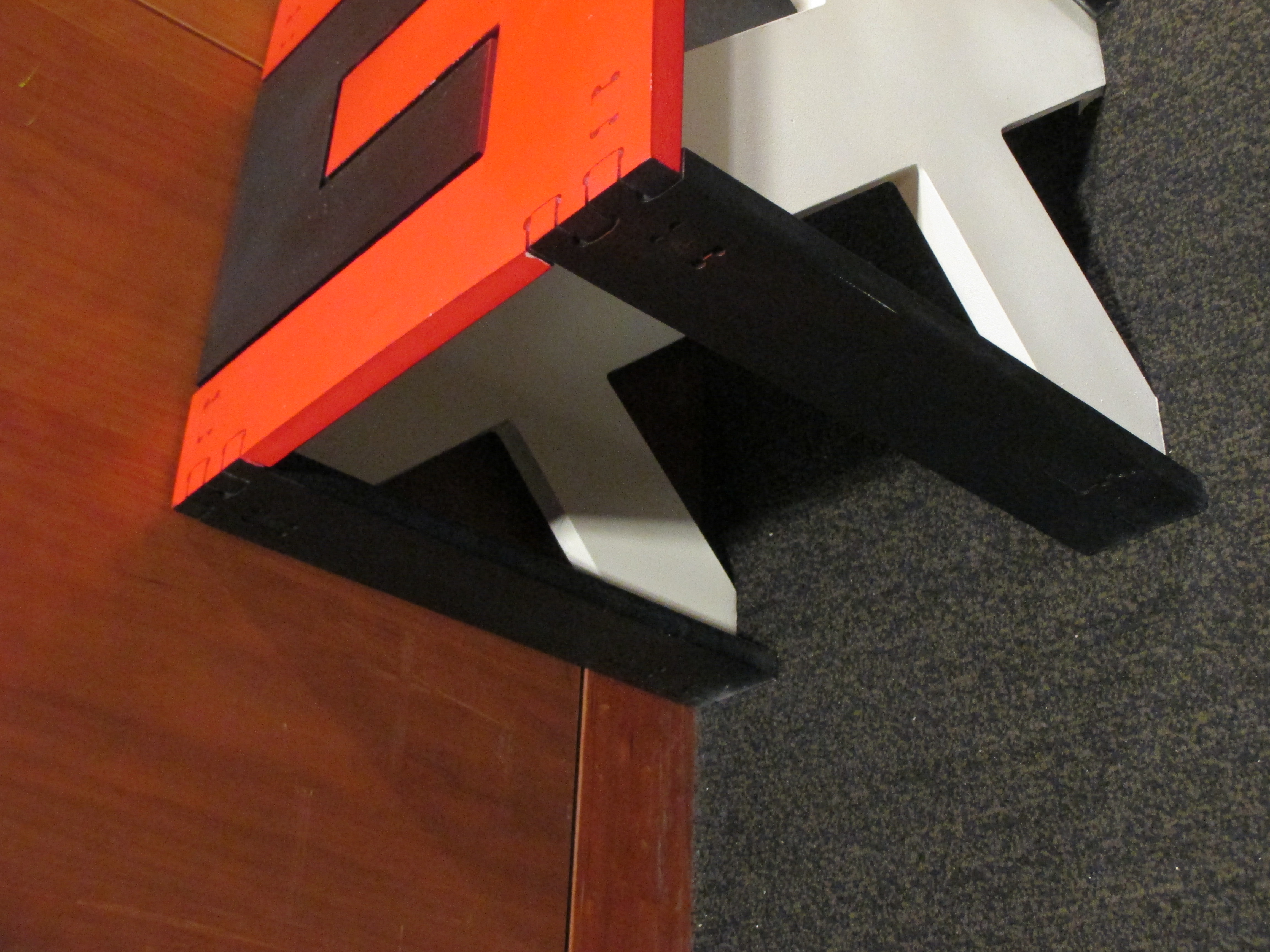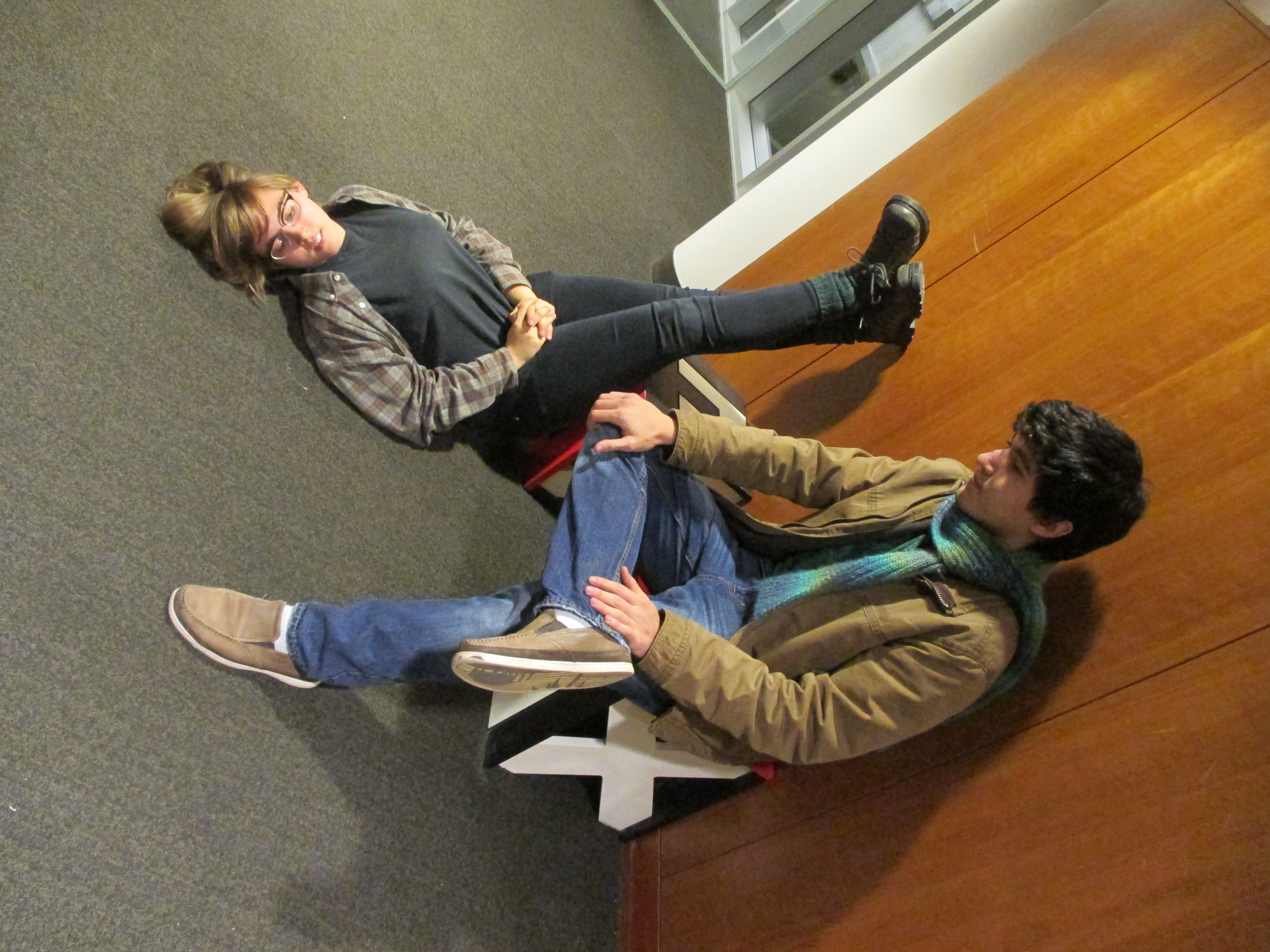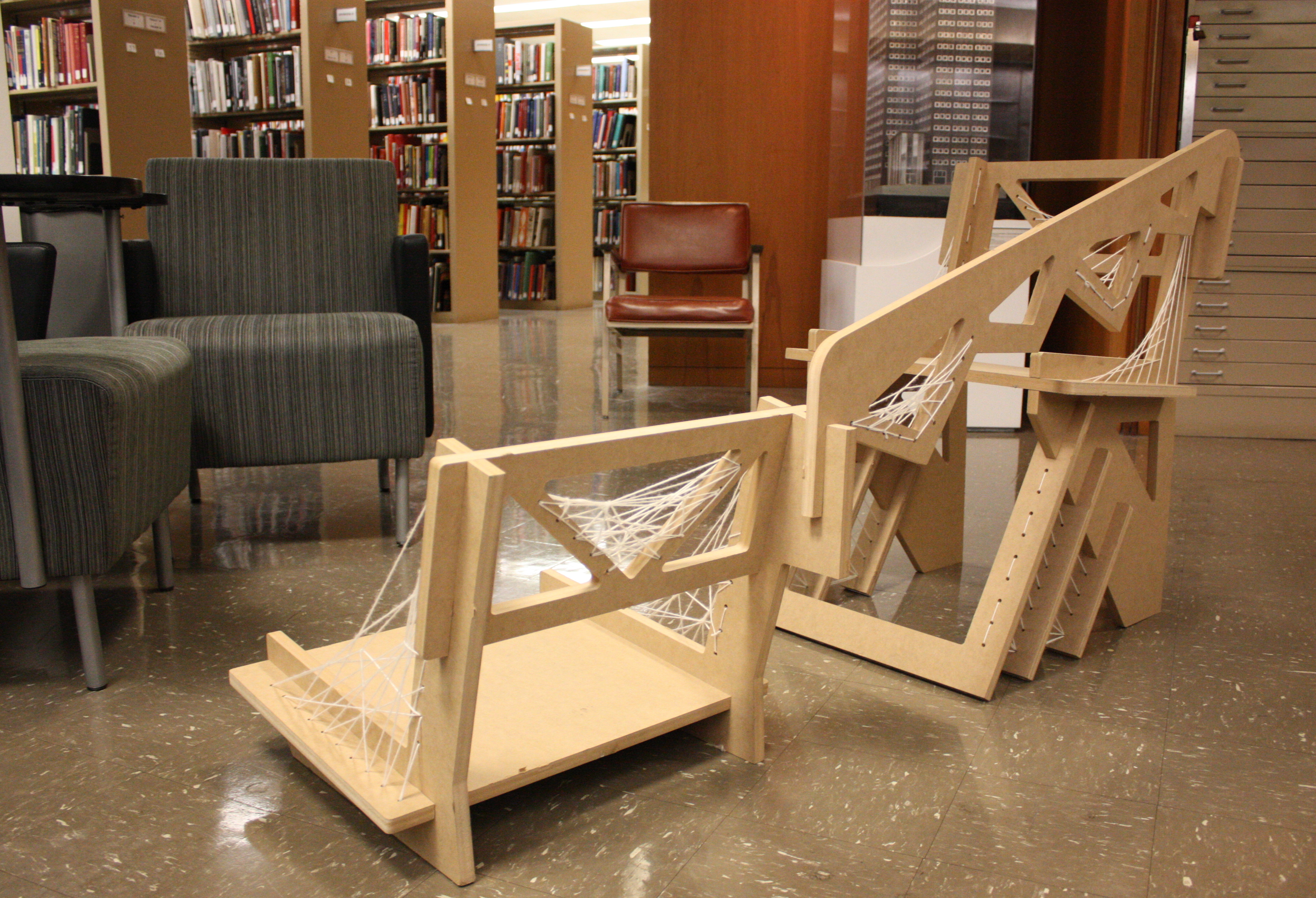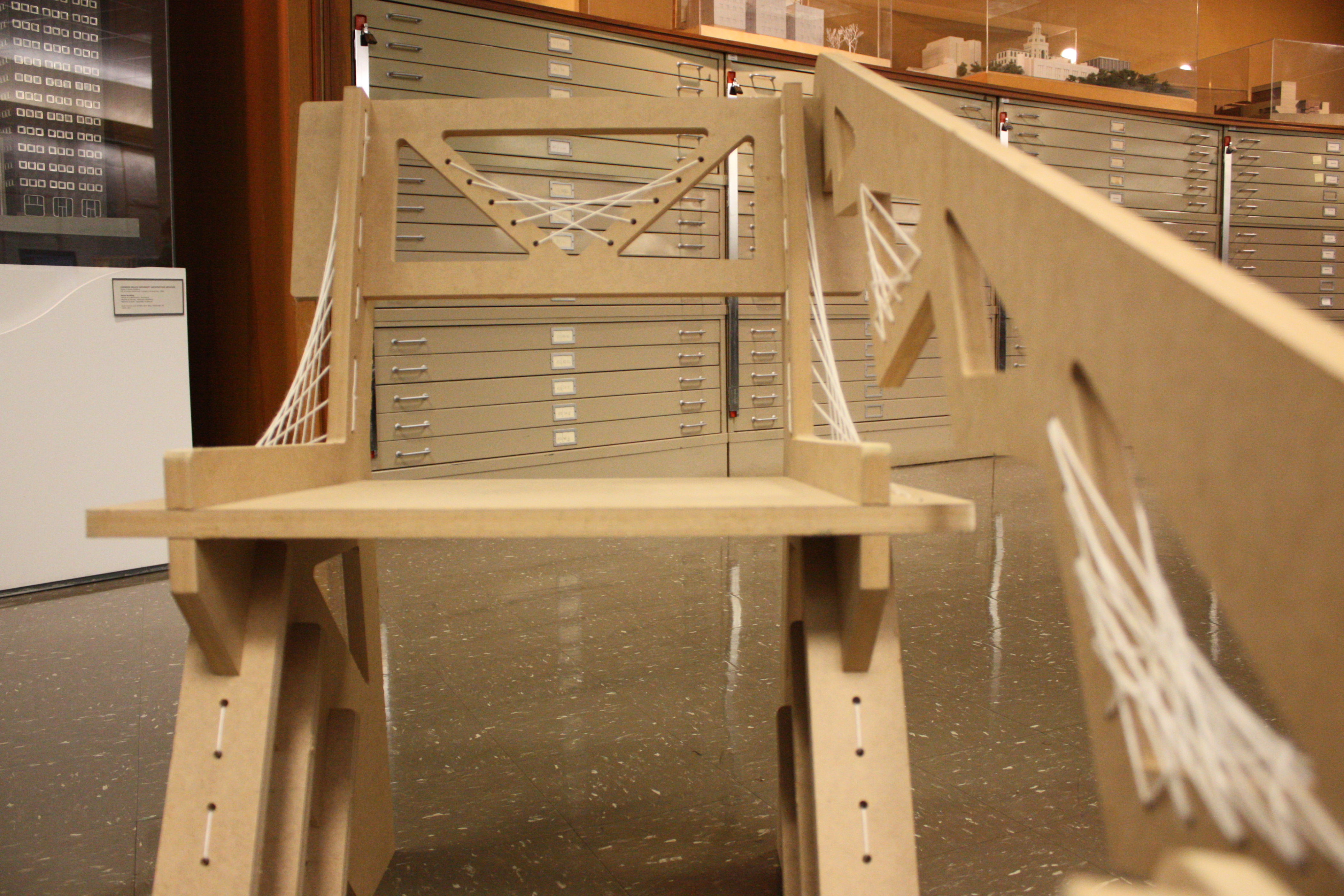Figure 1
(Conversation between Humans + Environment)
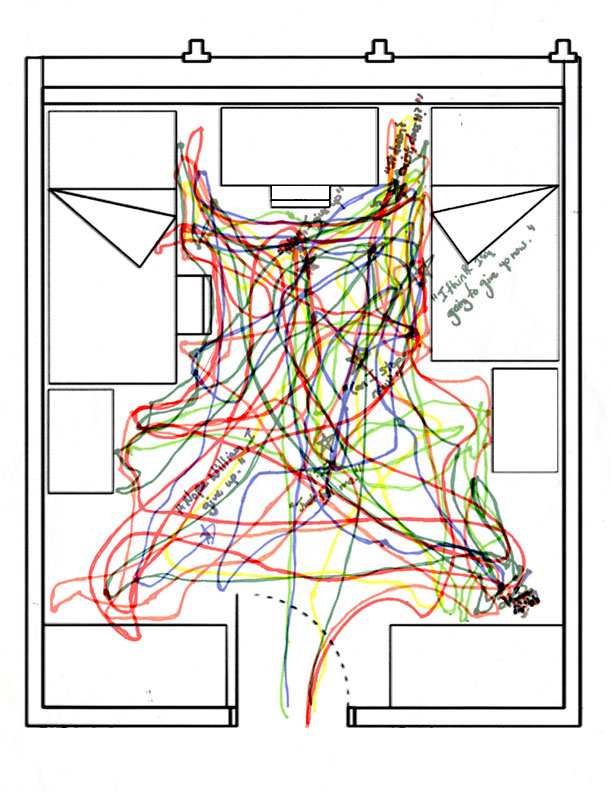
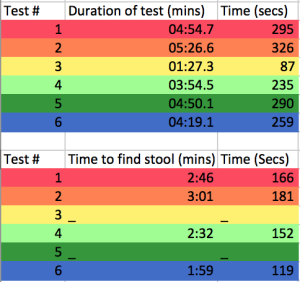

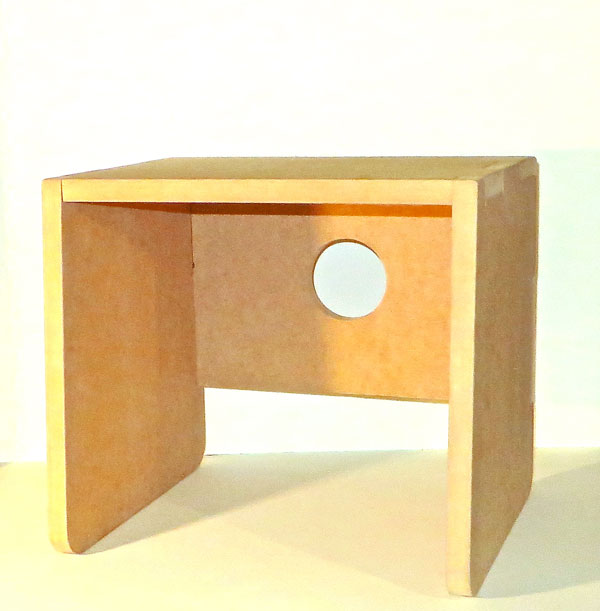
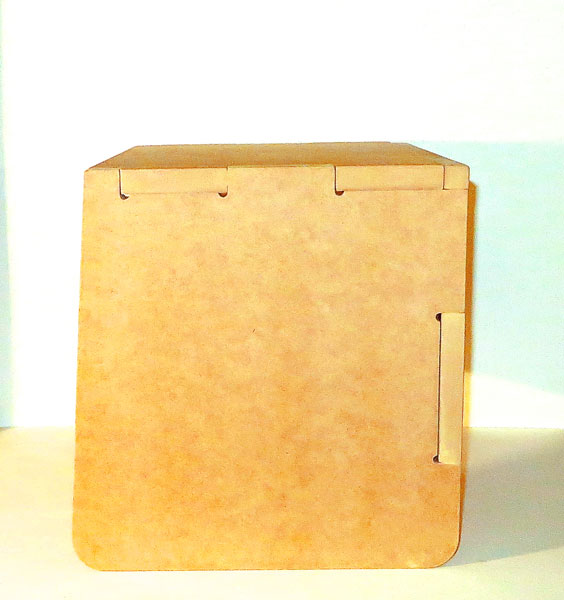

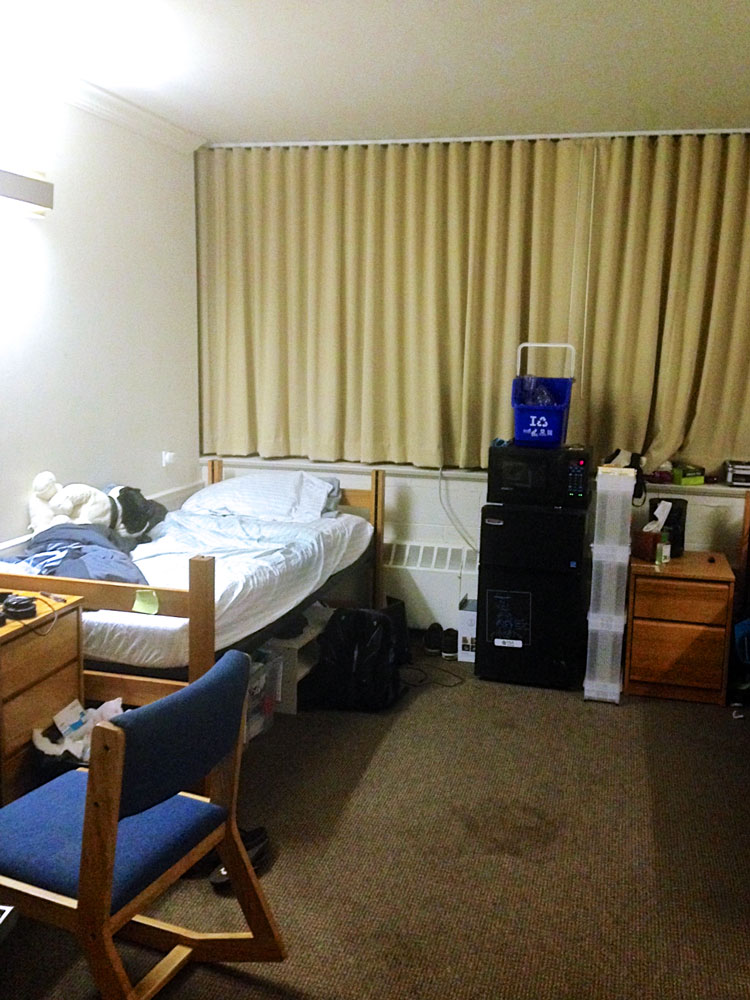
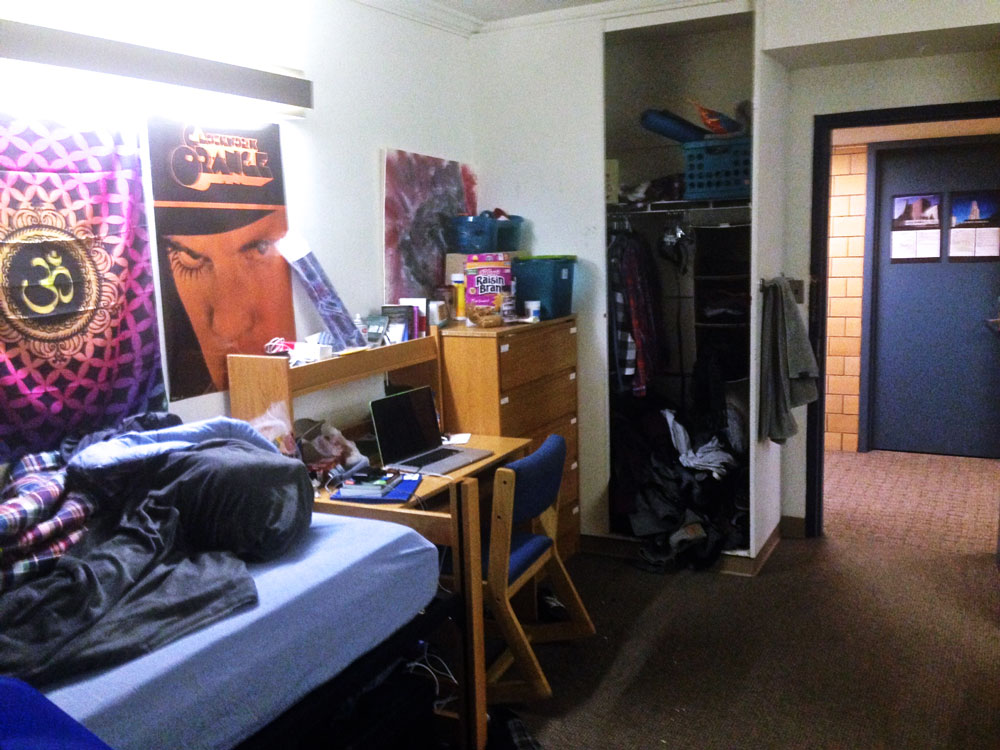

My goal for this project was to examine human interactions within a predetermined space. I chose my dorm room for this environment, because participants would be familiar with the layout, but not the contents of the room. For this experiment, I examined three males and three females interactions with the space. The general demographics were “Educated young adults with a mixed range of diversities.” None of the participants had perviously seen the stool. This experiment would require them to imagine what the object might look like as they searched.
Before letting participants into the room, I explained the rules of the examination:
1.) You are given an unlimited amount of time to find the two stools hidden in this room.
2.) The stools may be hidden anywhere in the room.
3.) You may give up at any time.
As soon as a participant entered the room, I began a timer and documented all movements within the space. I recorded how long it took for each participant to find one stool and how long it would take for them to give up on finding the second. Additionally, I would quote the subject when they would opt to stop the test. I made a stylistic choice not to paint the stool that was to be hidden in the room. I found that that natural color of MDF allowed the stool to blend with my wooden dresser, on top of which the object would be hidden.
Figure 1 Analysis:
Average time for participants to give up = 4:08.66 (min:sec.ms)
Average time for participants to find the first stool = 2:34.50
Objects most mistaken for stools: Coasters, bed-risers, shoe rack, stool decoy (box under blanket)
Location most visited by participants = Under the bed on the right side (further location-analysis available upon request)
All participants started the experiment on the right side of the room. One of my hypotheses is that they begin on the right side because it is my side of the room. However, I figure this decision might have also been affected by the direction the door opens or the fact that all participants were right handed. Testing in multiple environments would be necessary to pursue this finding.
At first, each participant was apprehensive about searching the room, commenting about how they felt uncomfortable going through my things. I found this interesting, because I explicitly told them they could search anywhere in the room. This got me thinking about the relationship between humans and their possessions. I’ve determined that, to some extent, humans have an intimate relationship with their things. That being said, the participants may have been uncomfortable disrupting this relationship by searching through my (and my room mate’s) belongings.
In this project I found an additional conversation at the end of each test, within participants’ closing statements. I have created a word cloud to illustrate this interaction.


